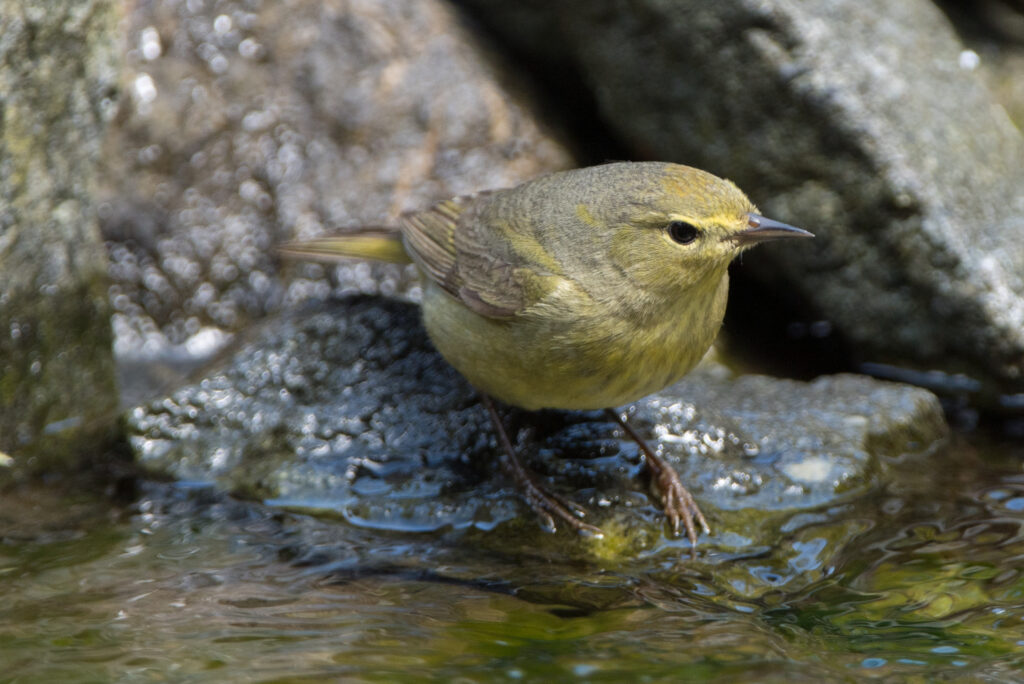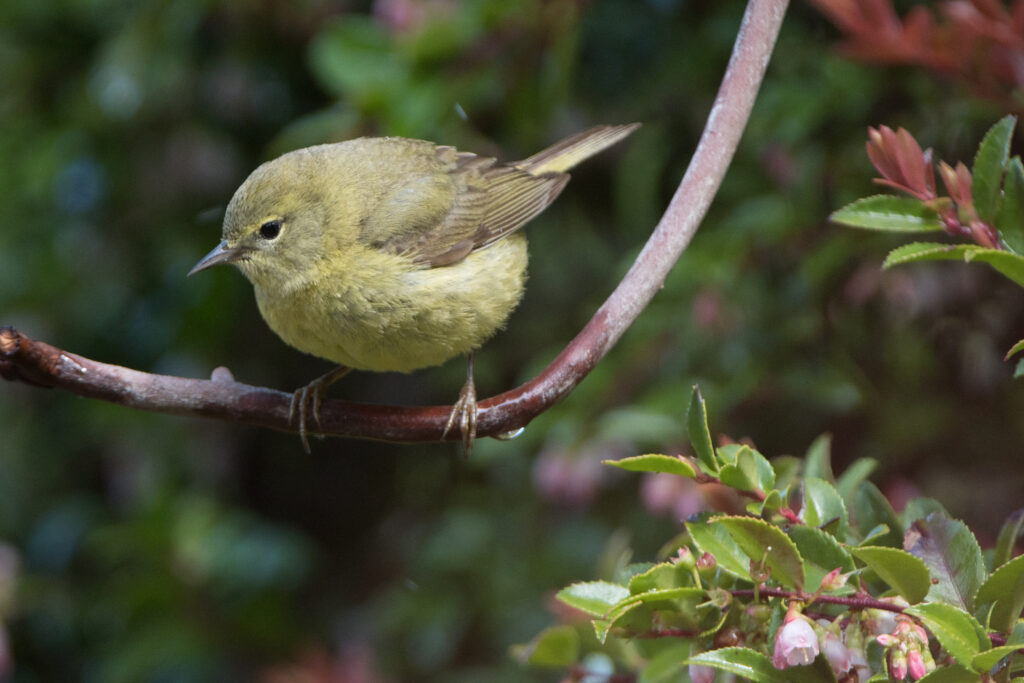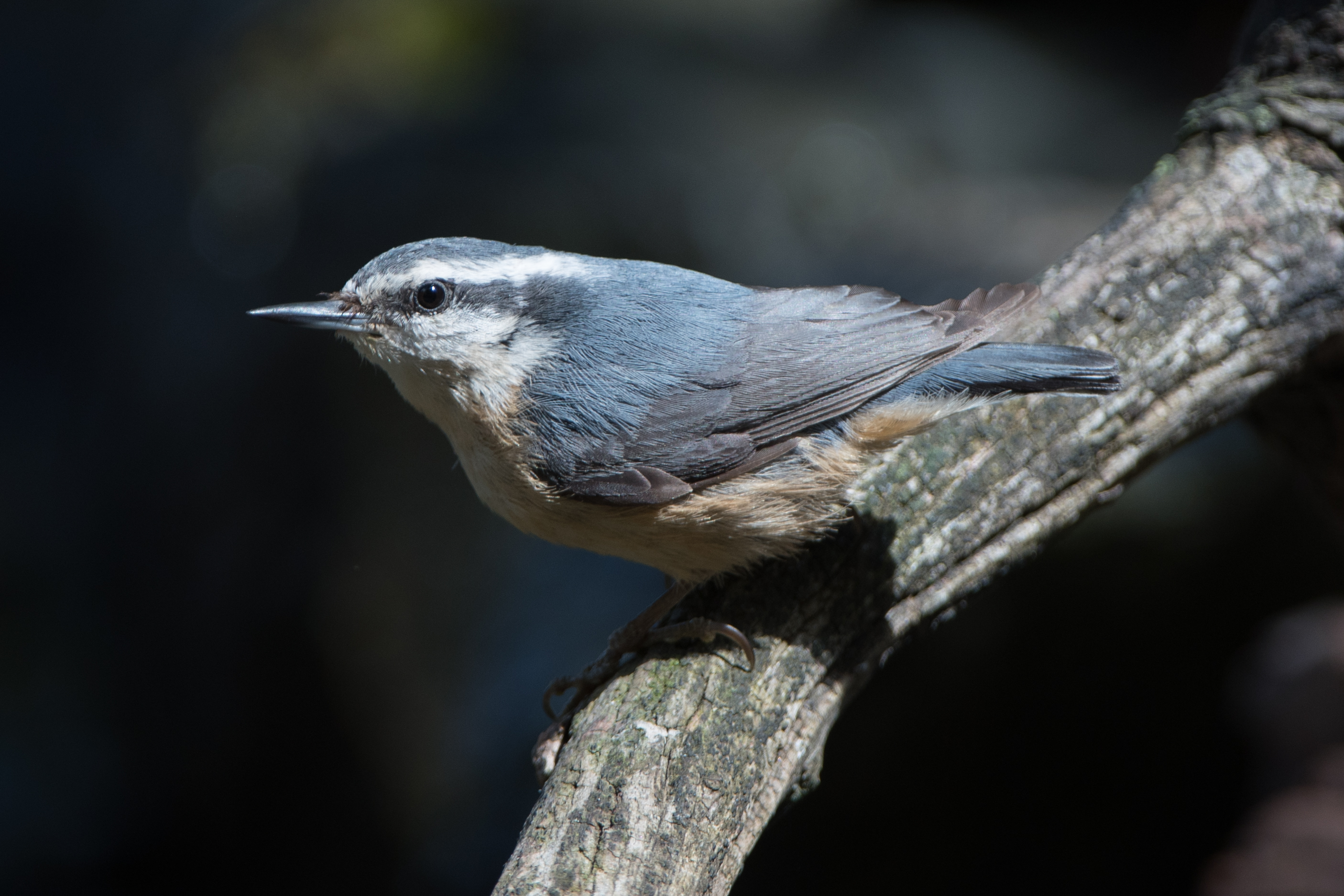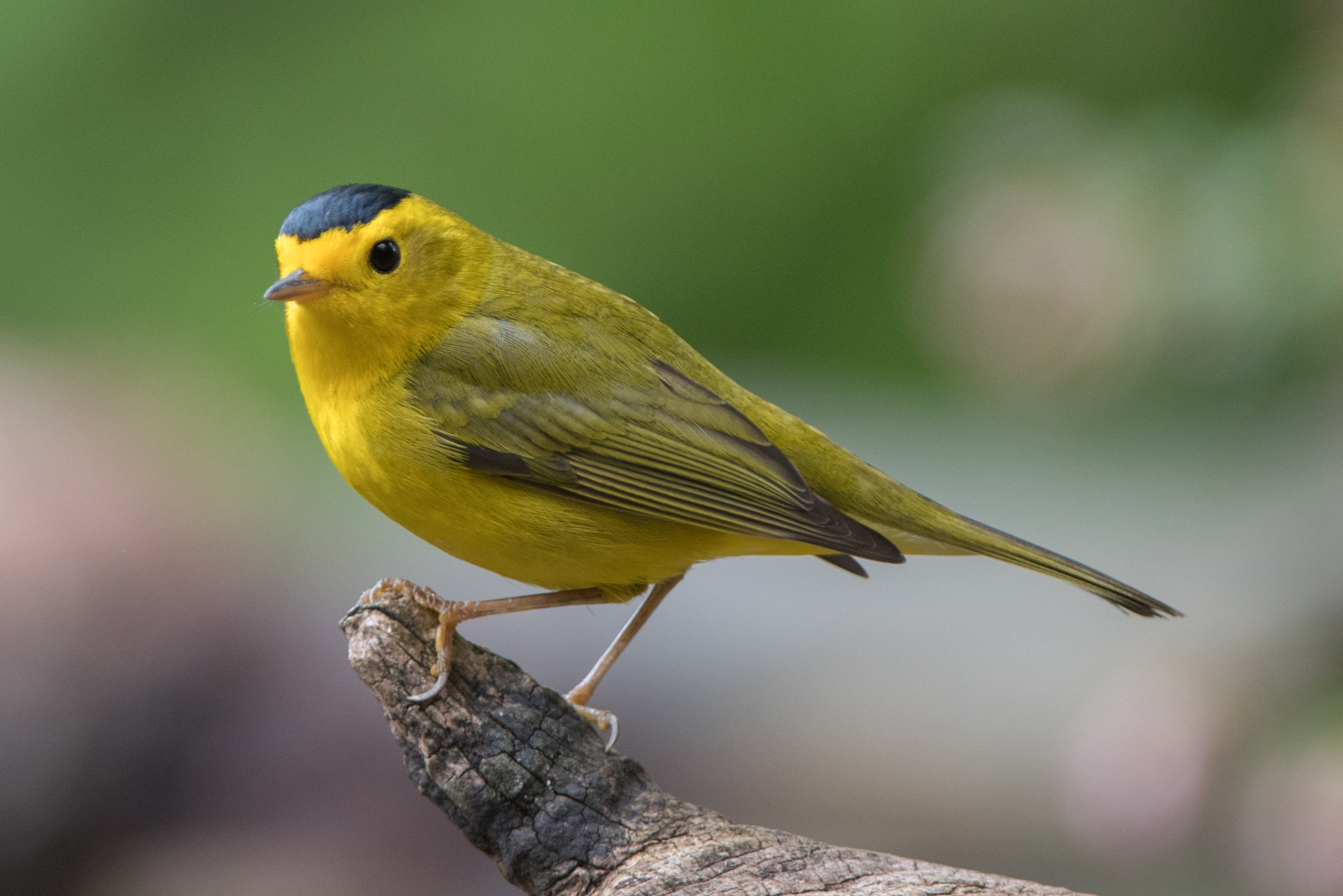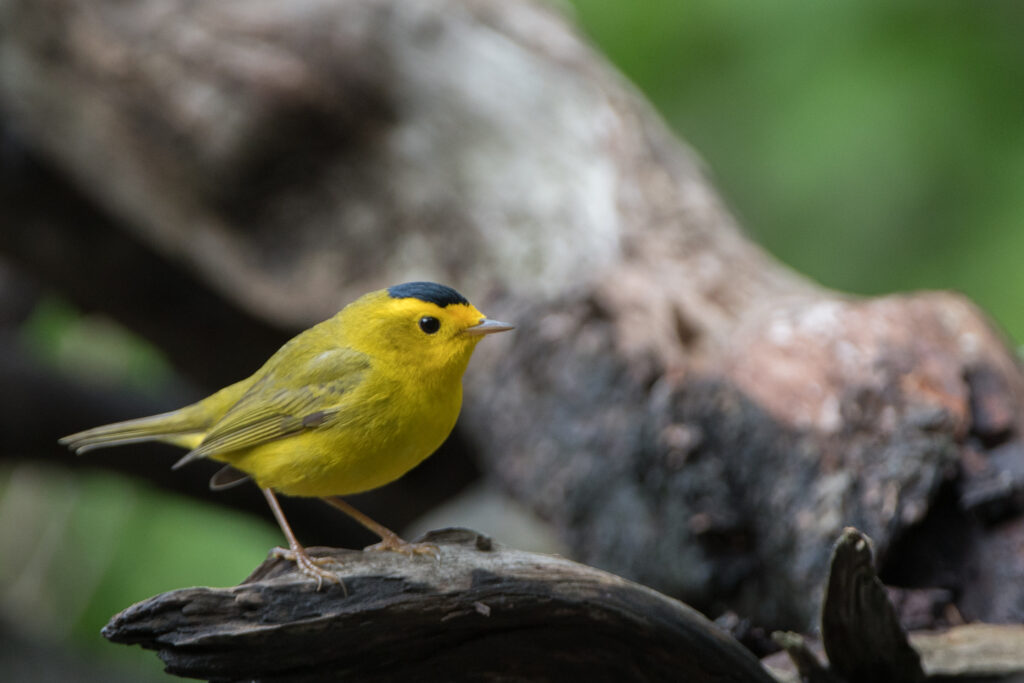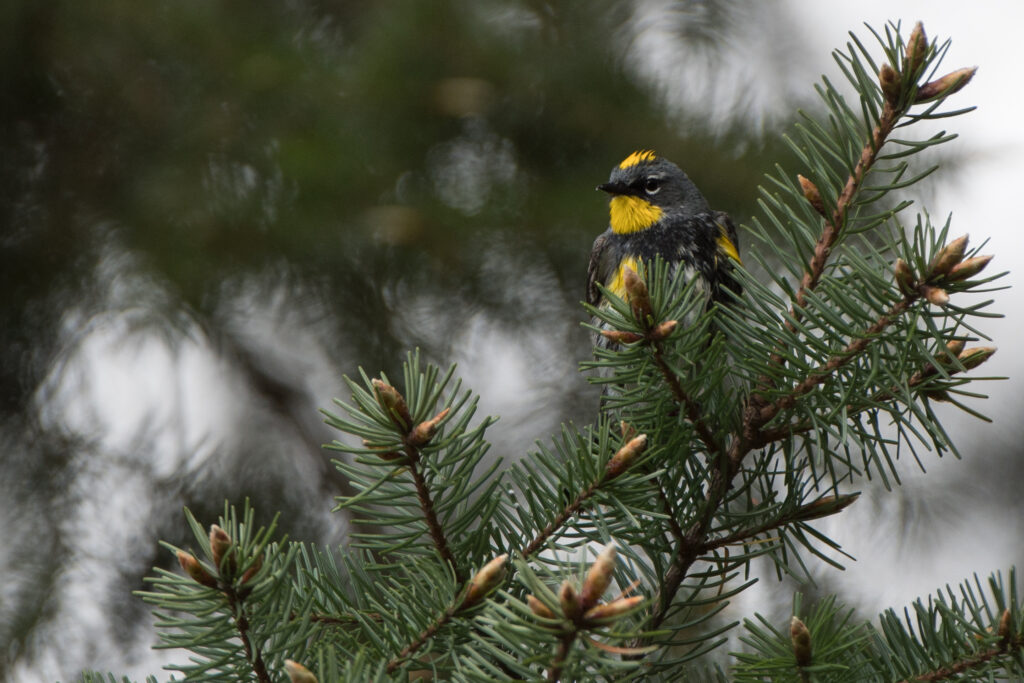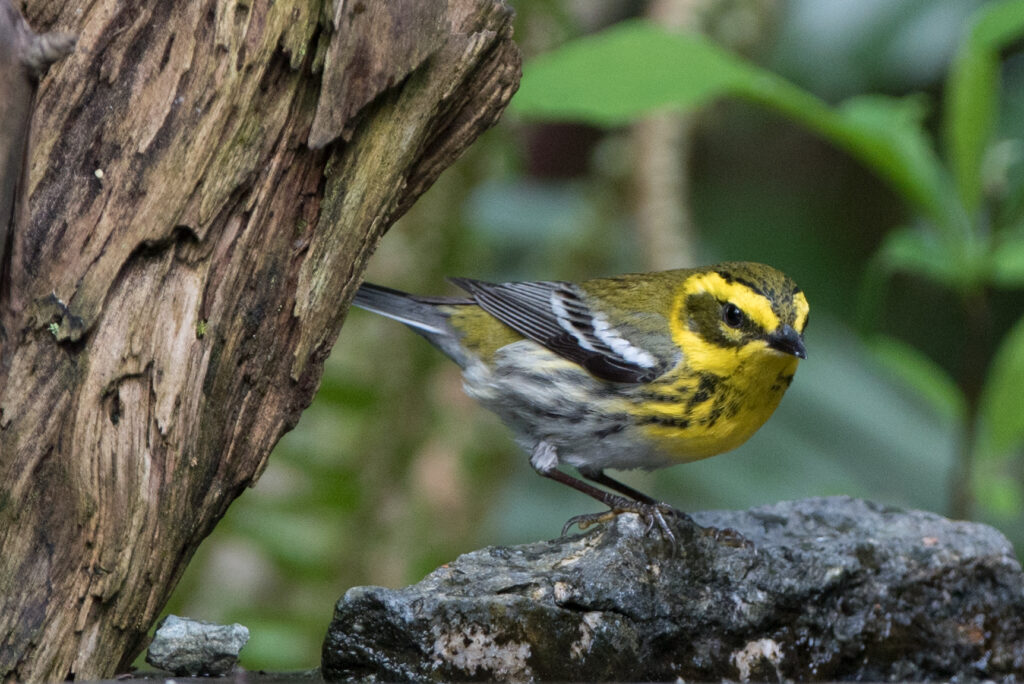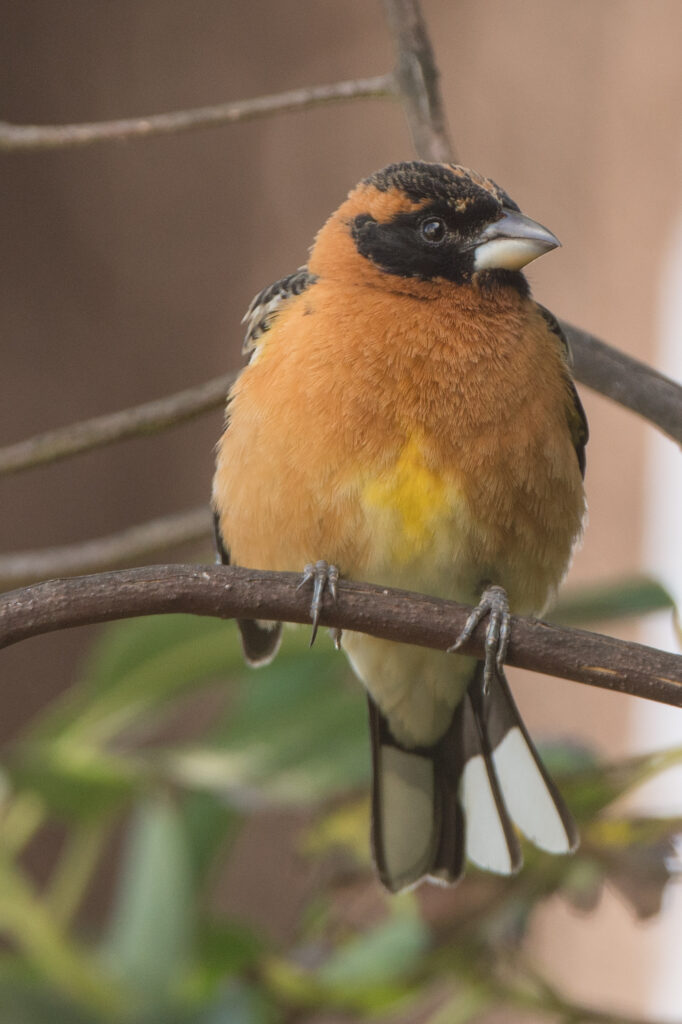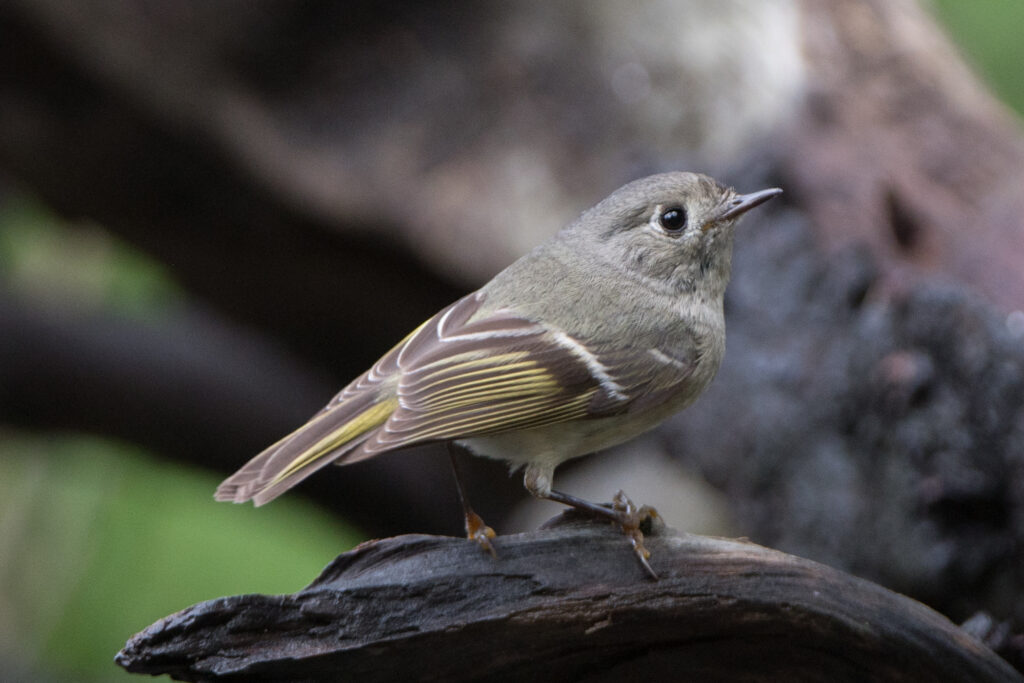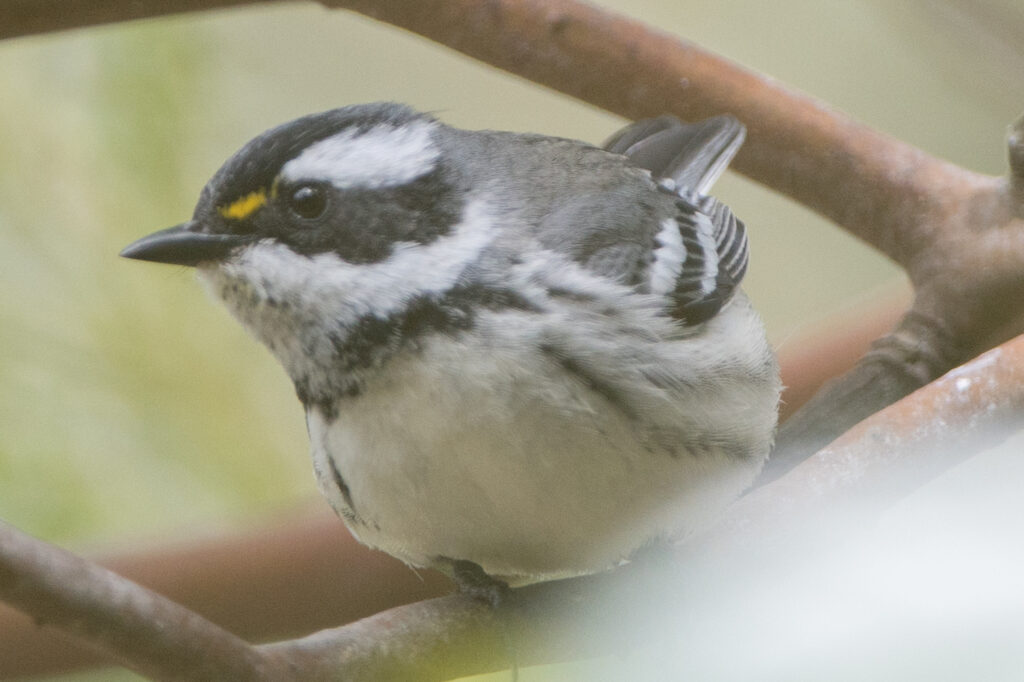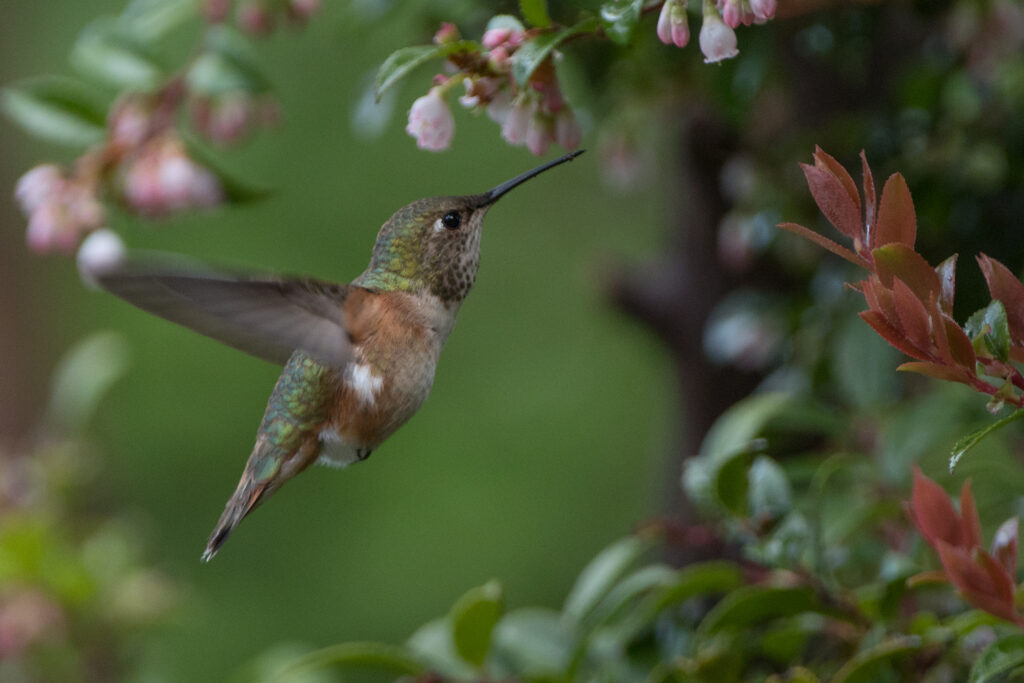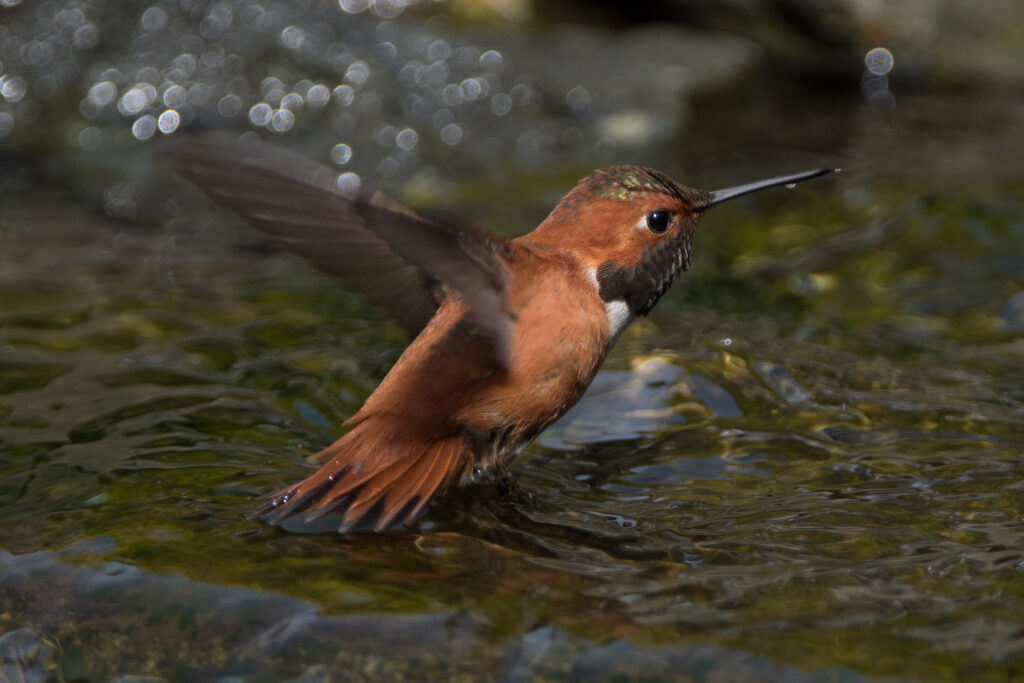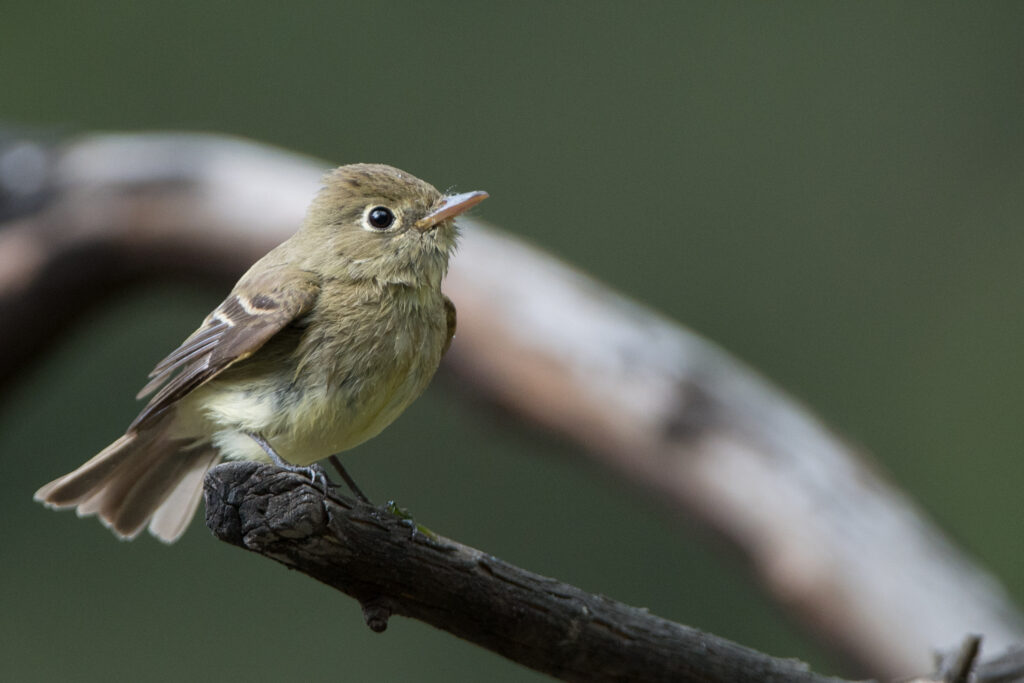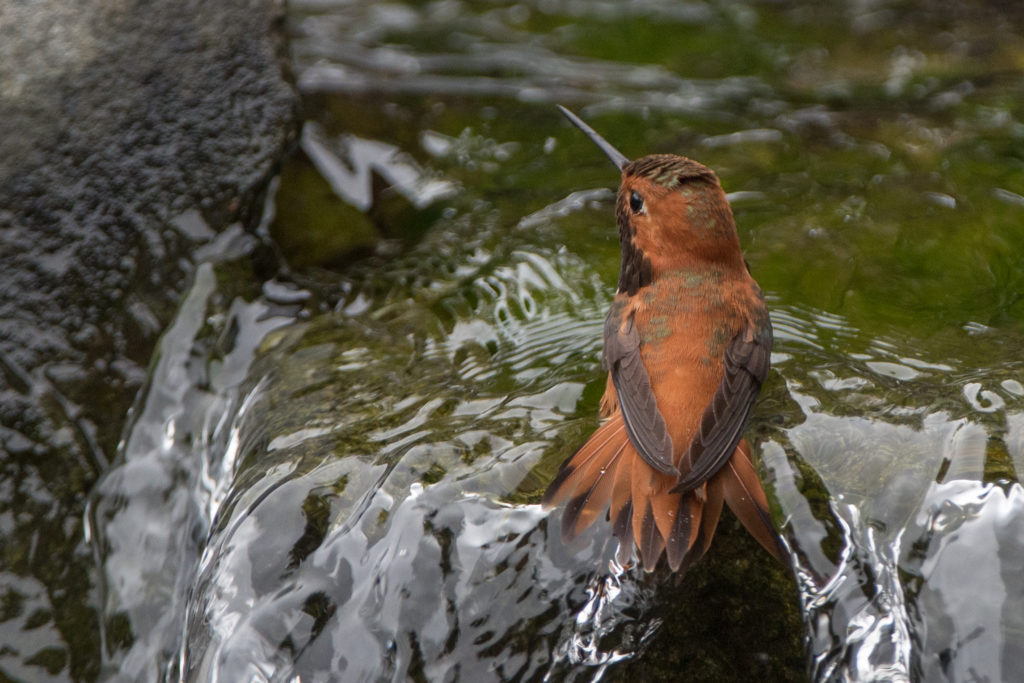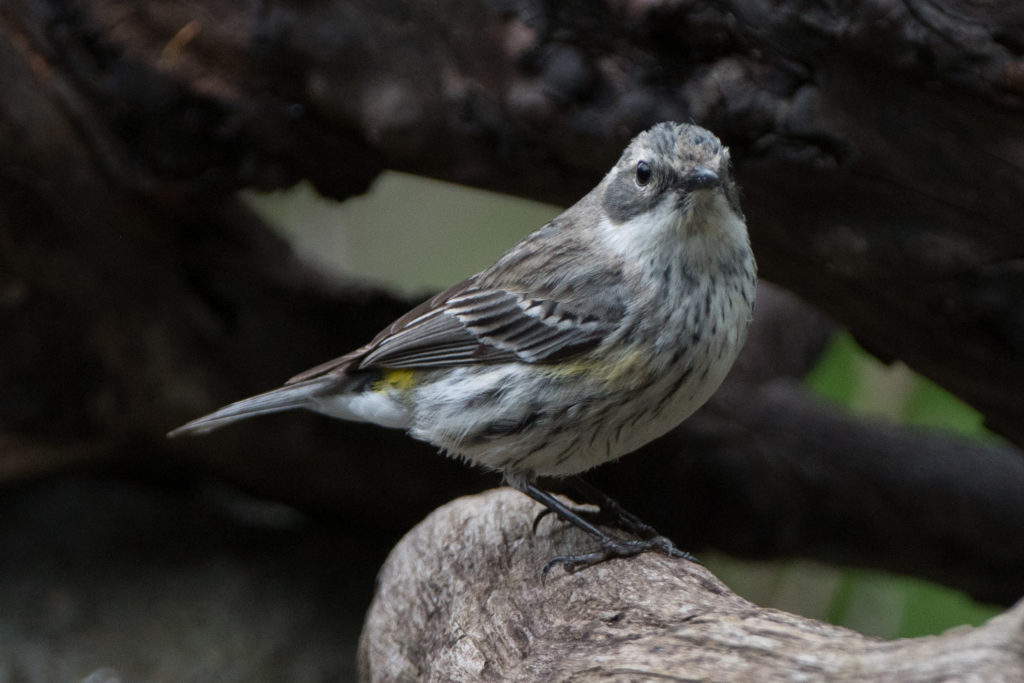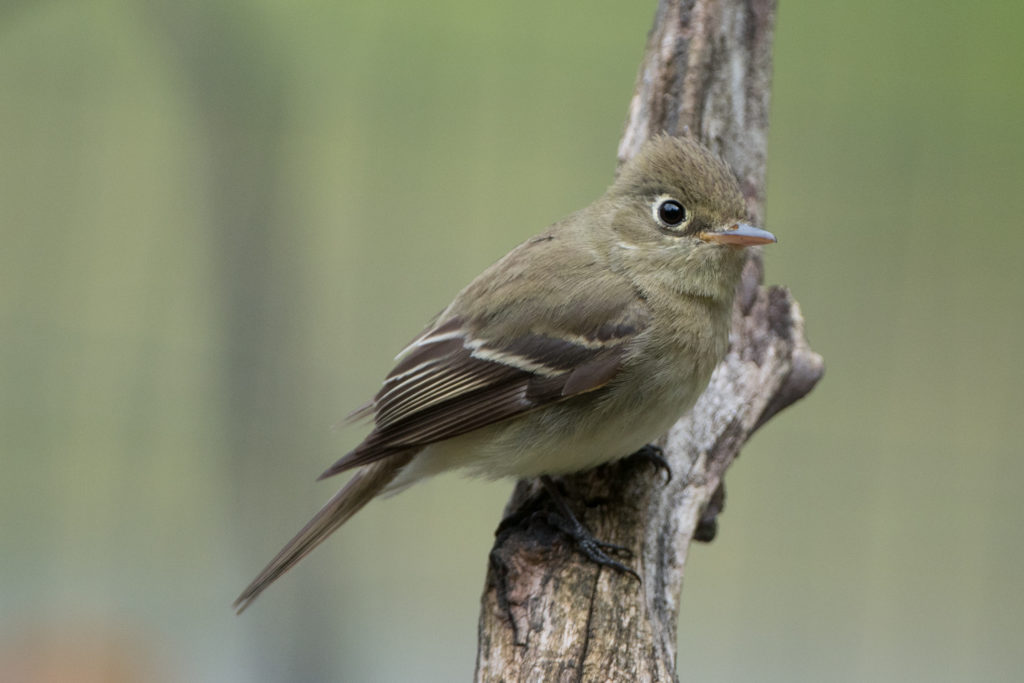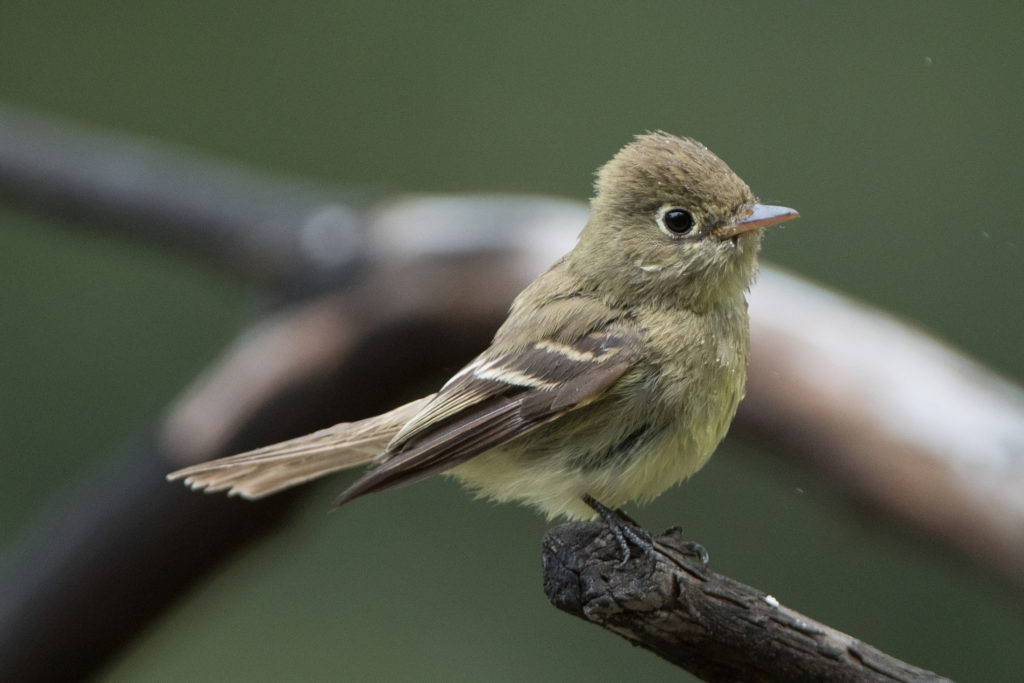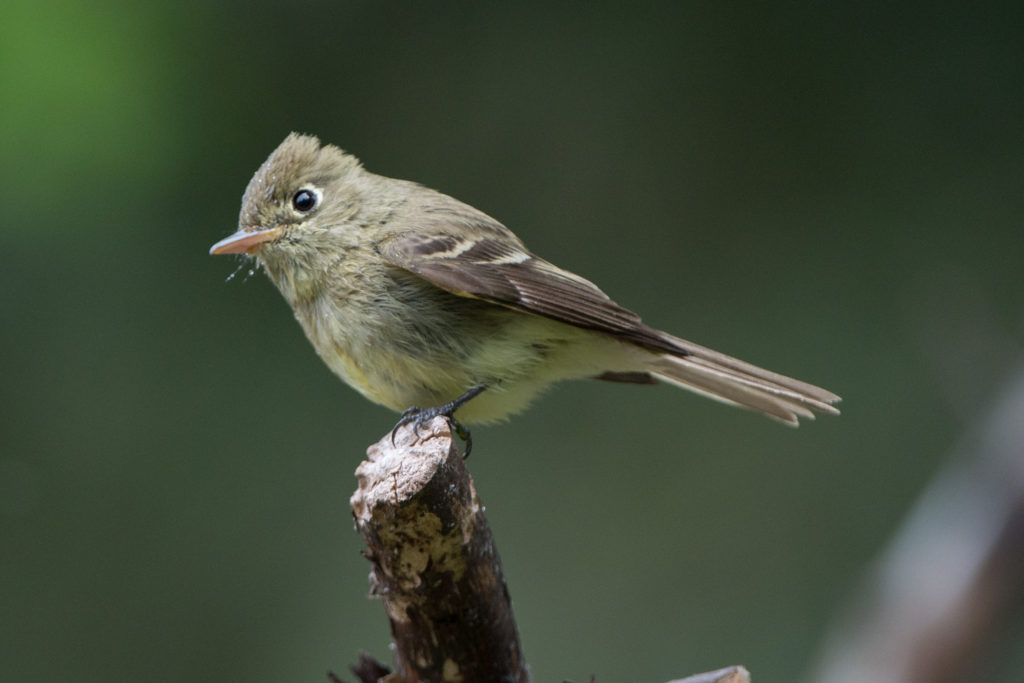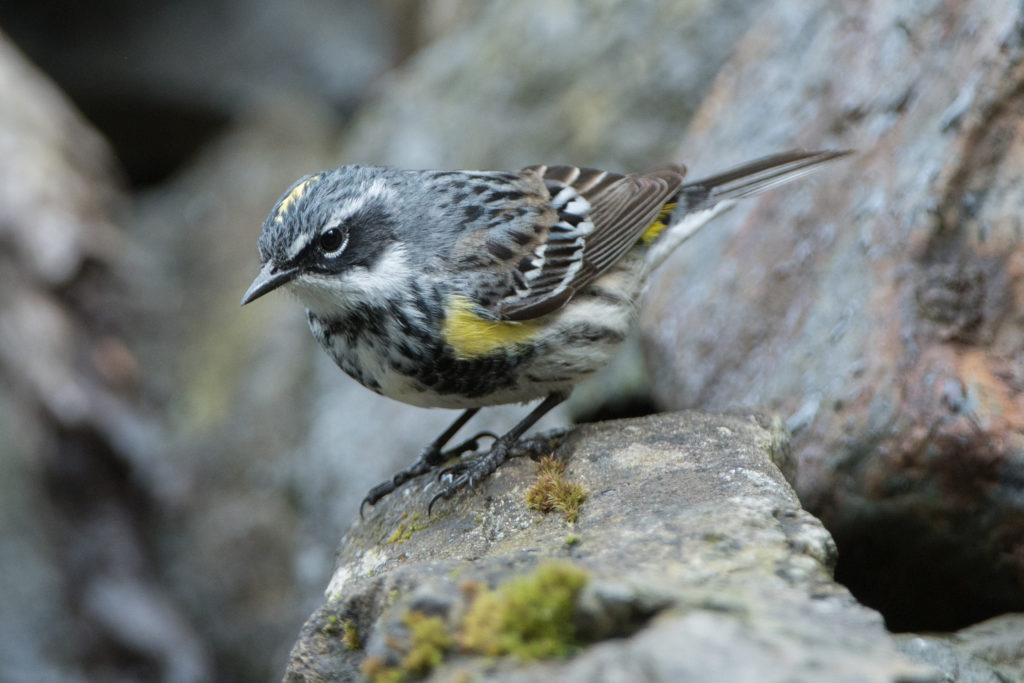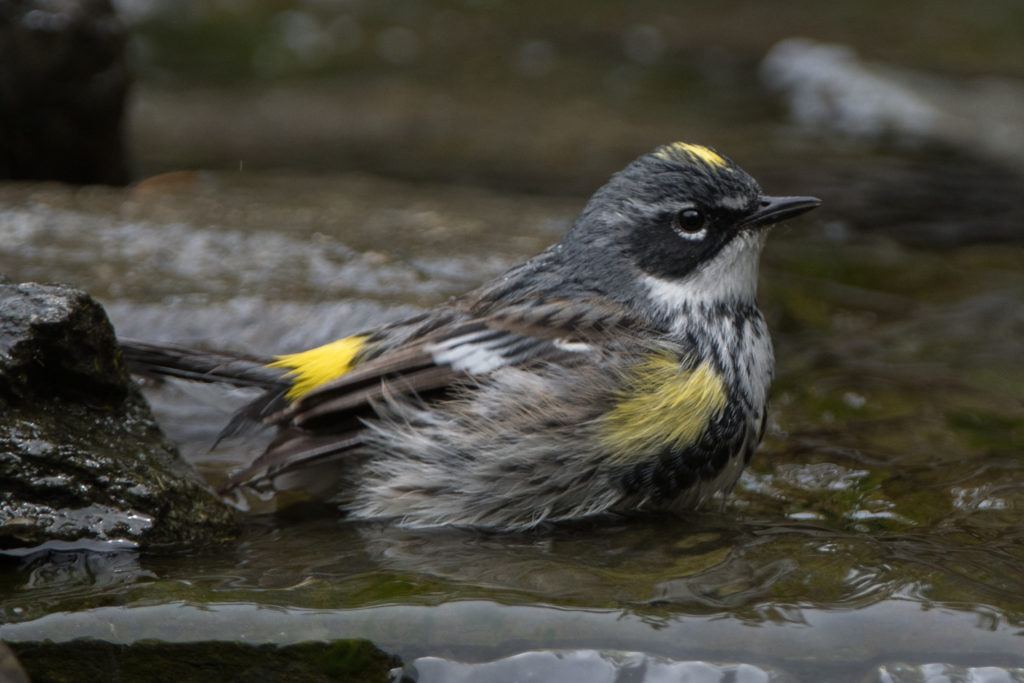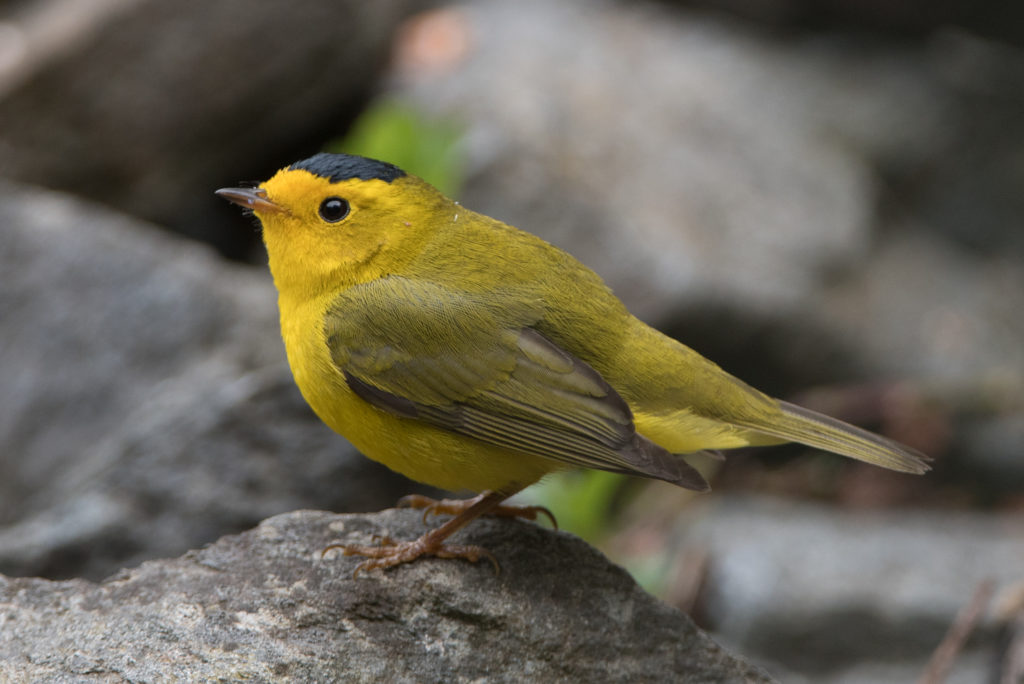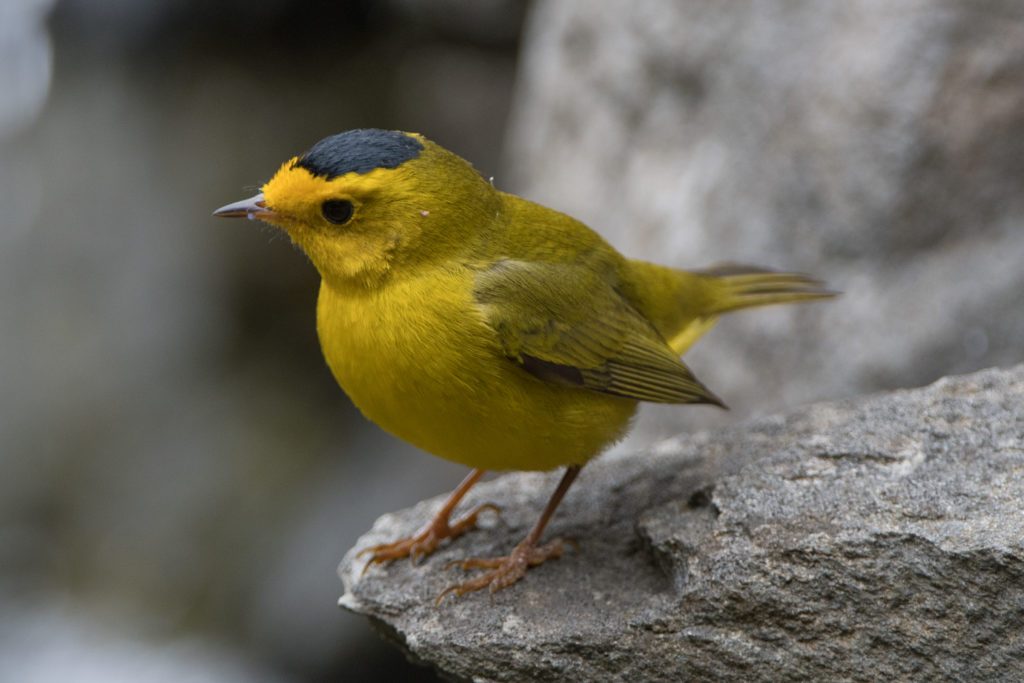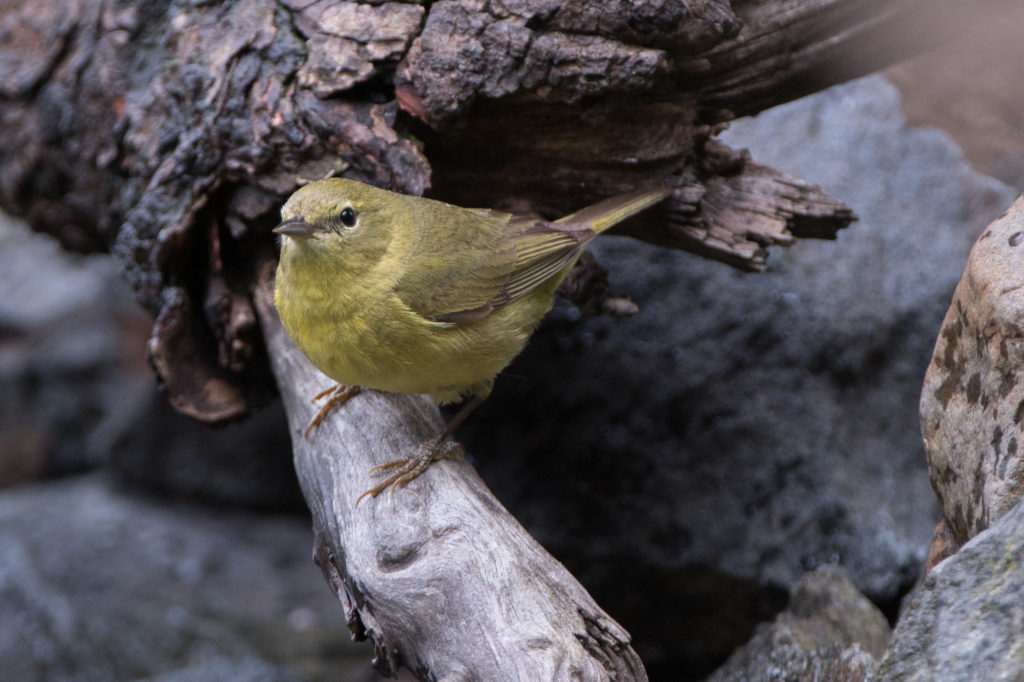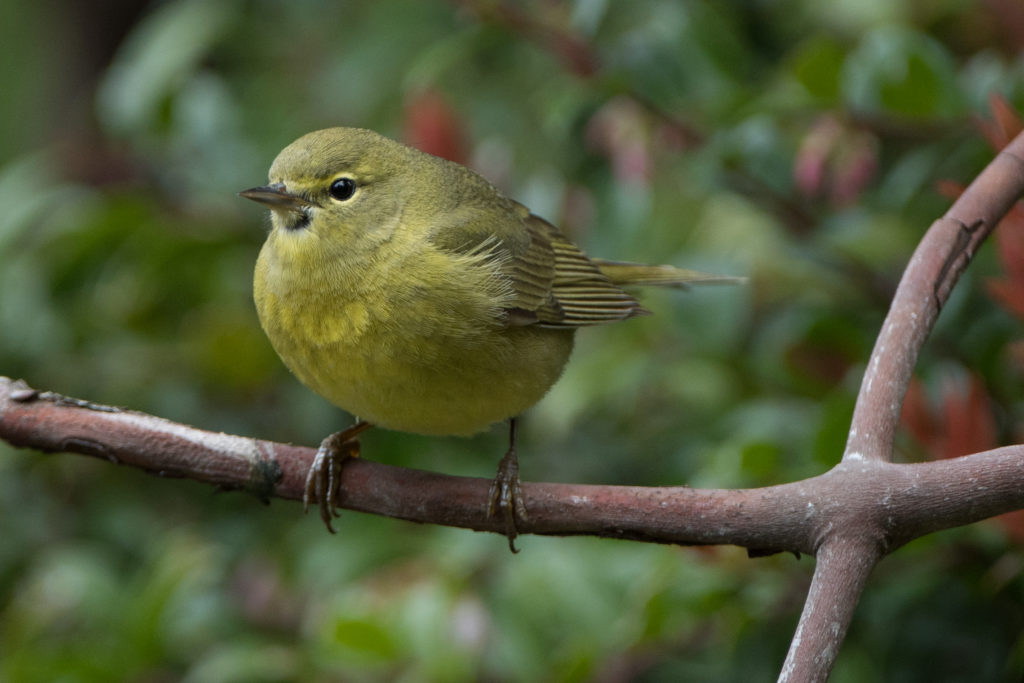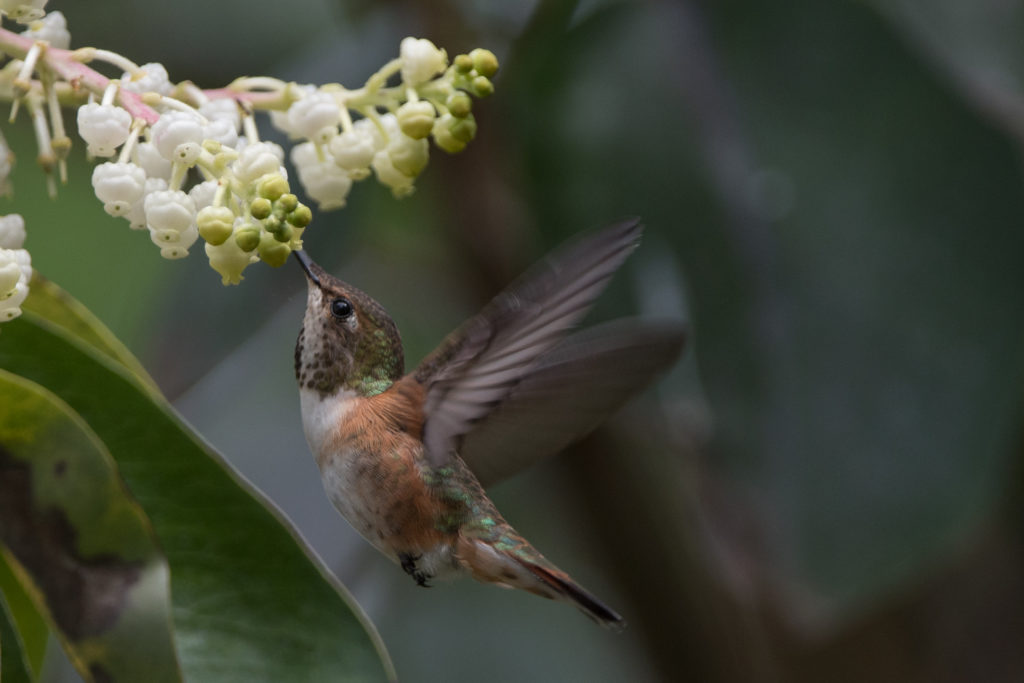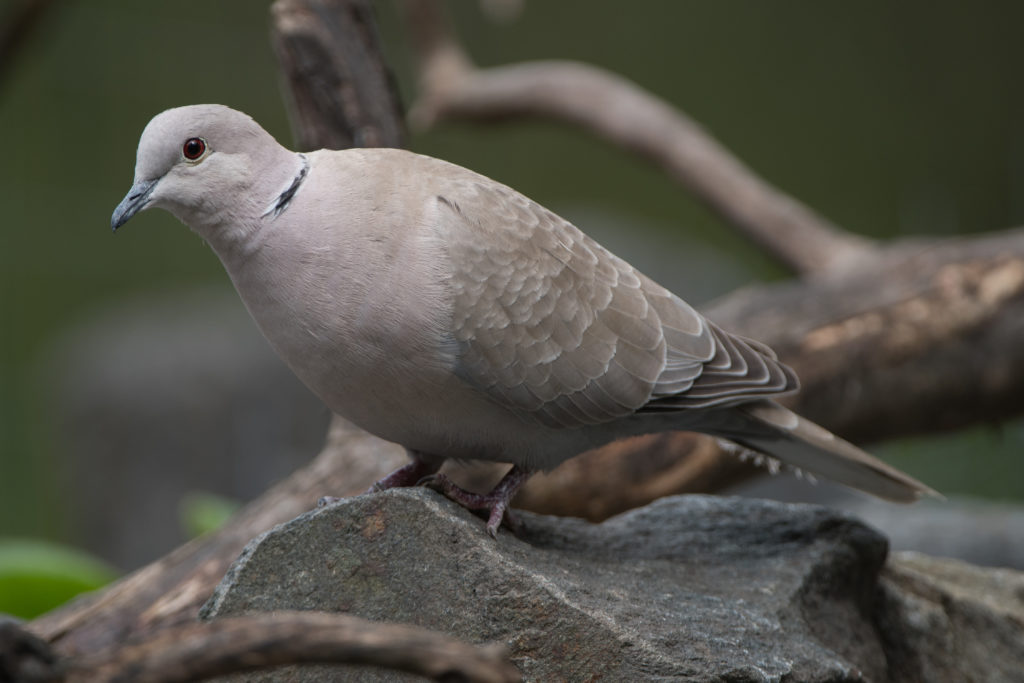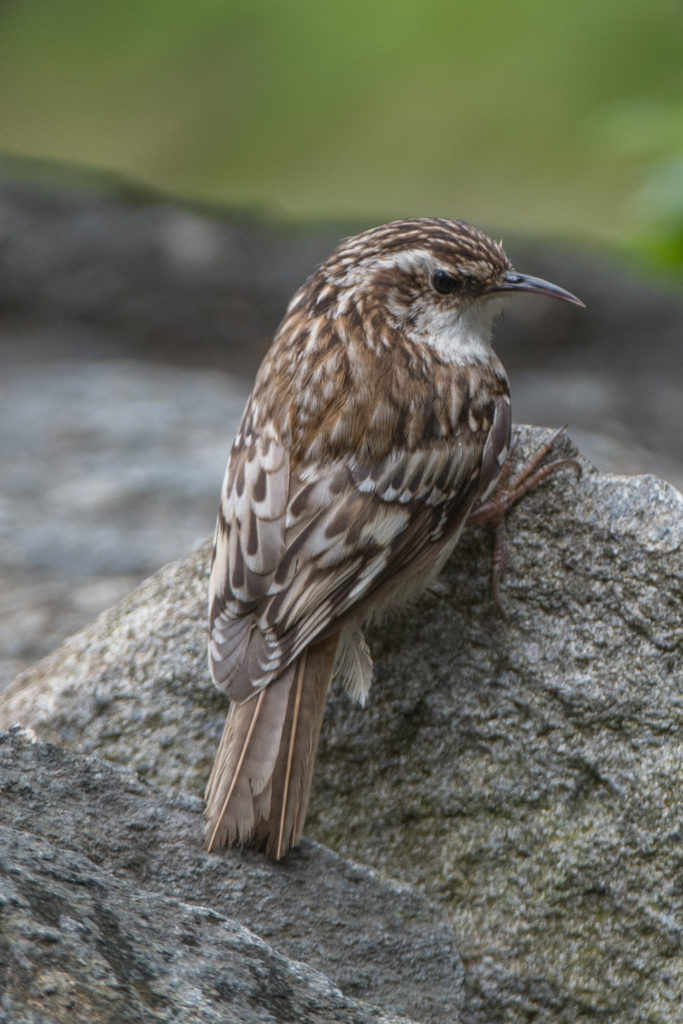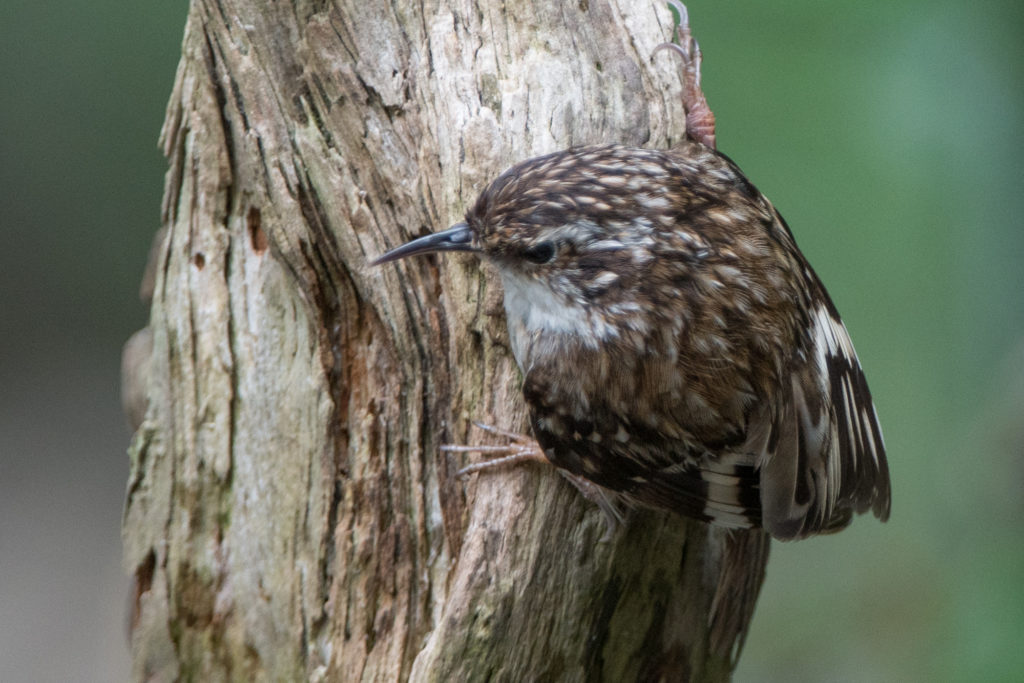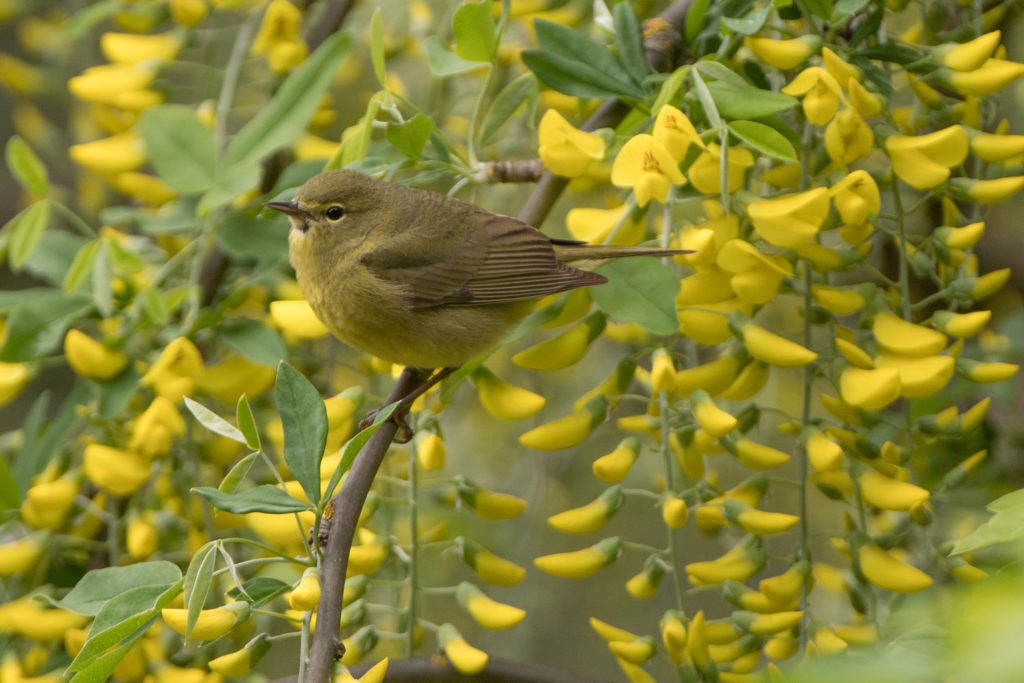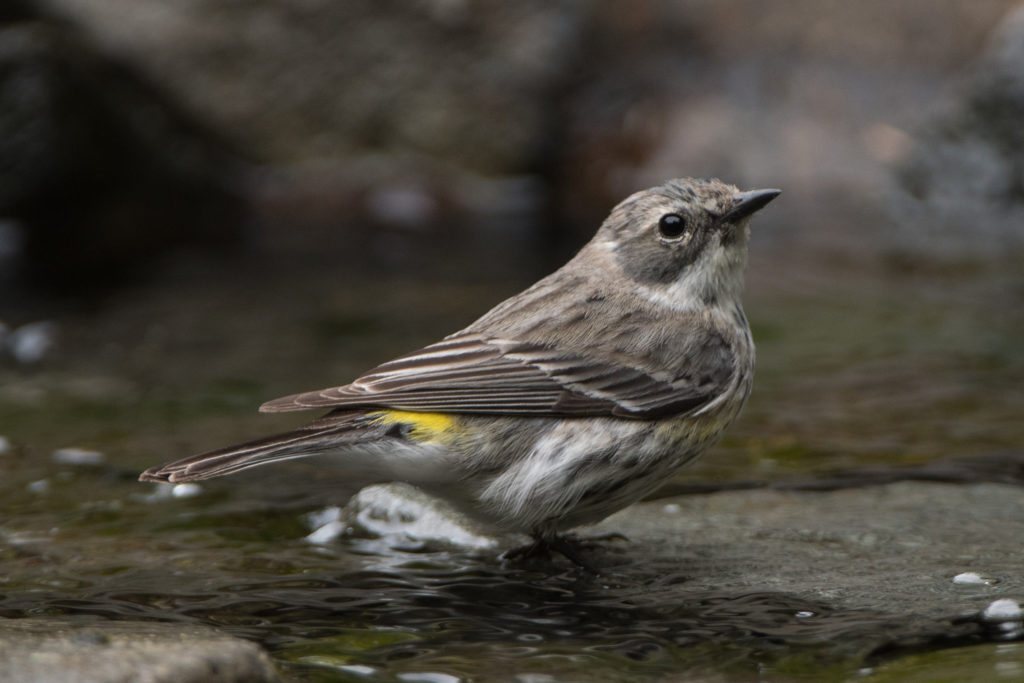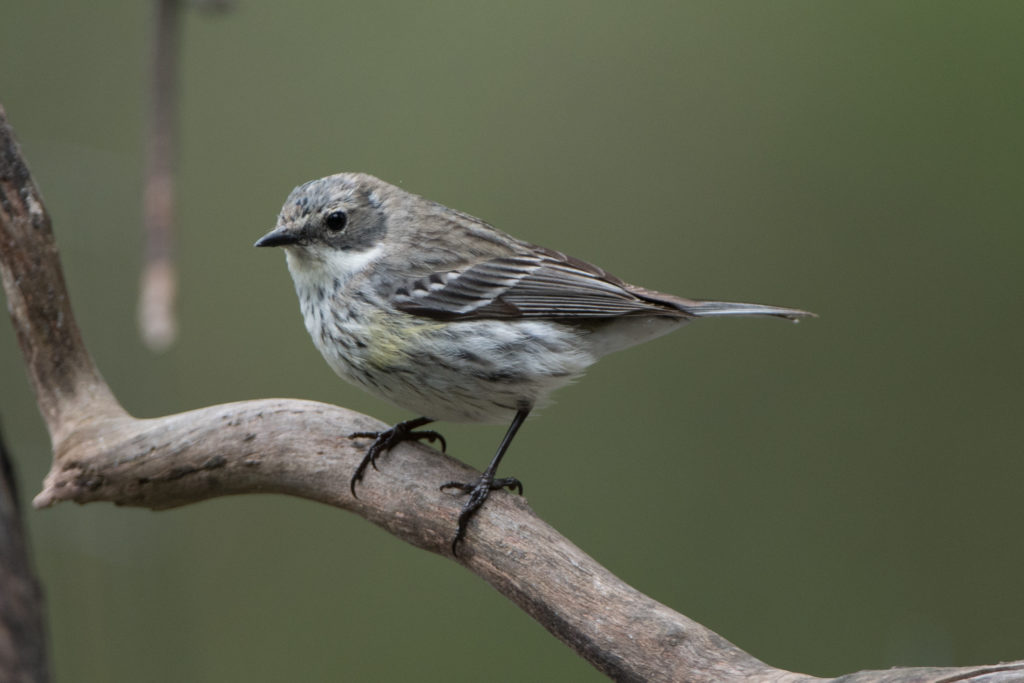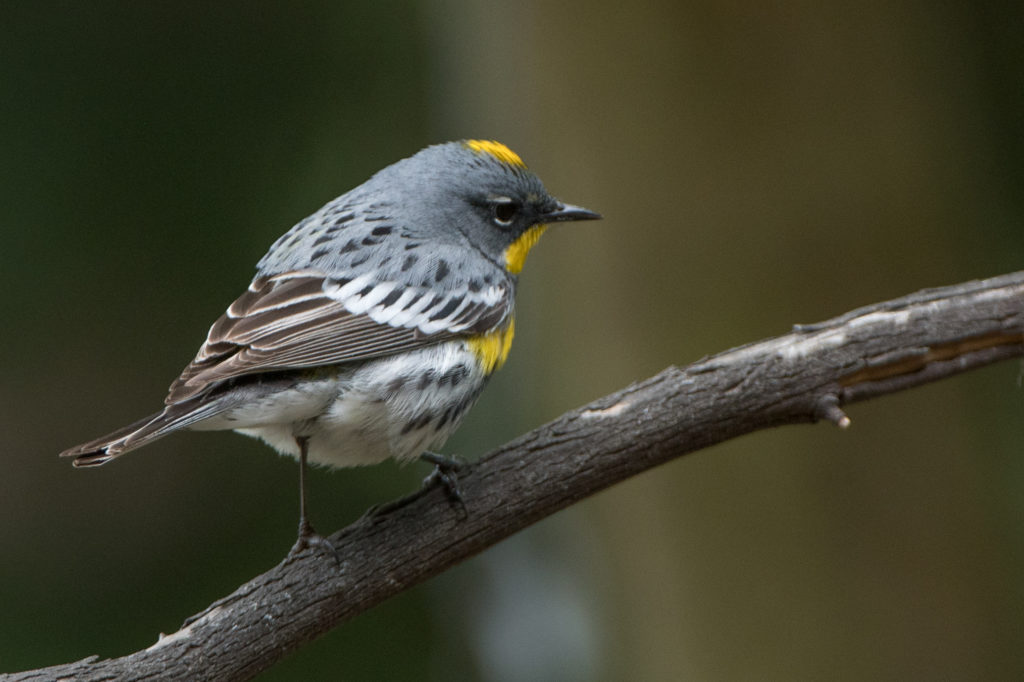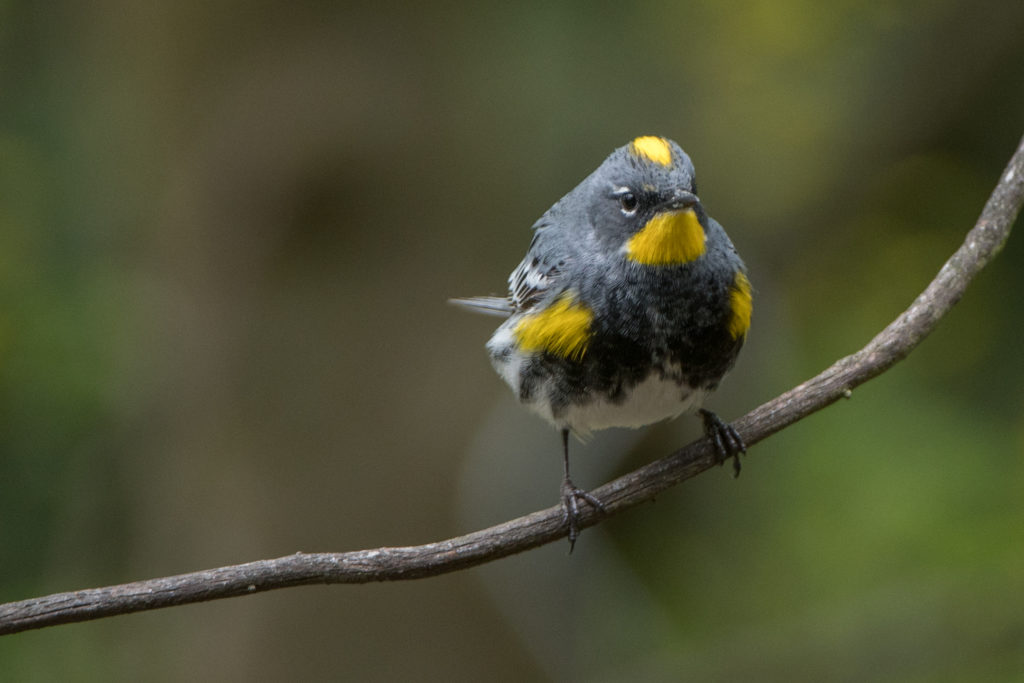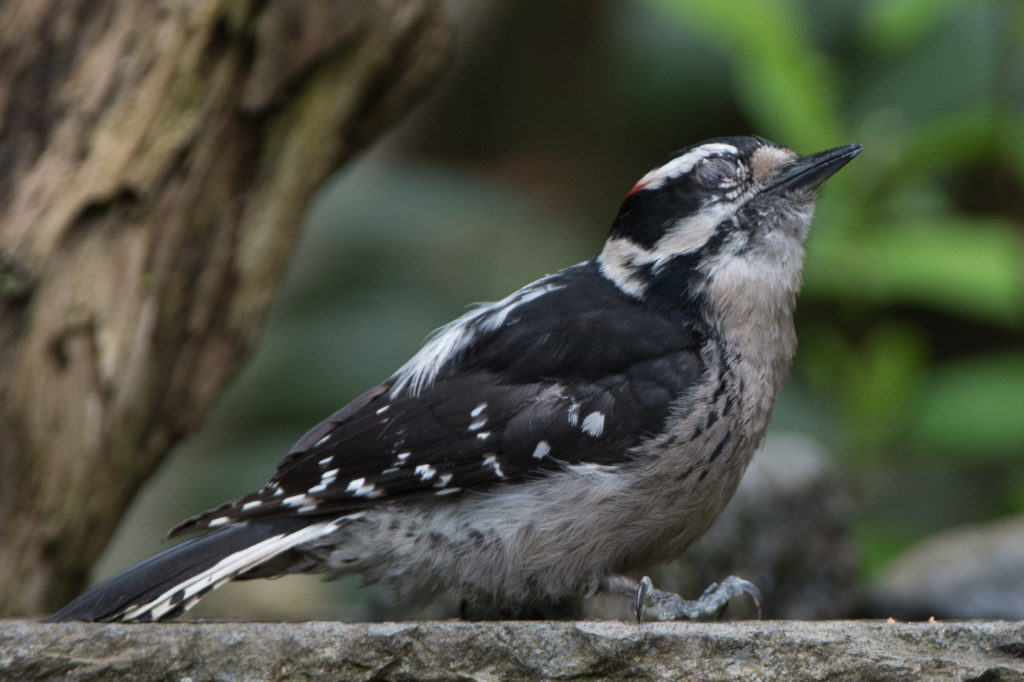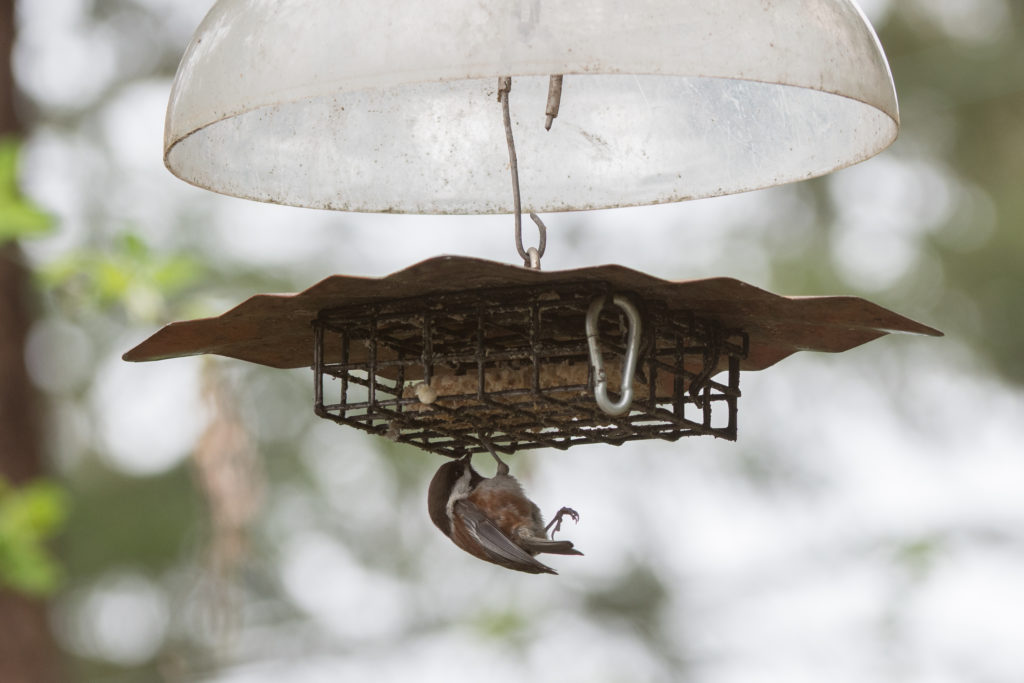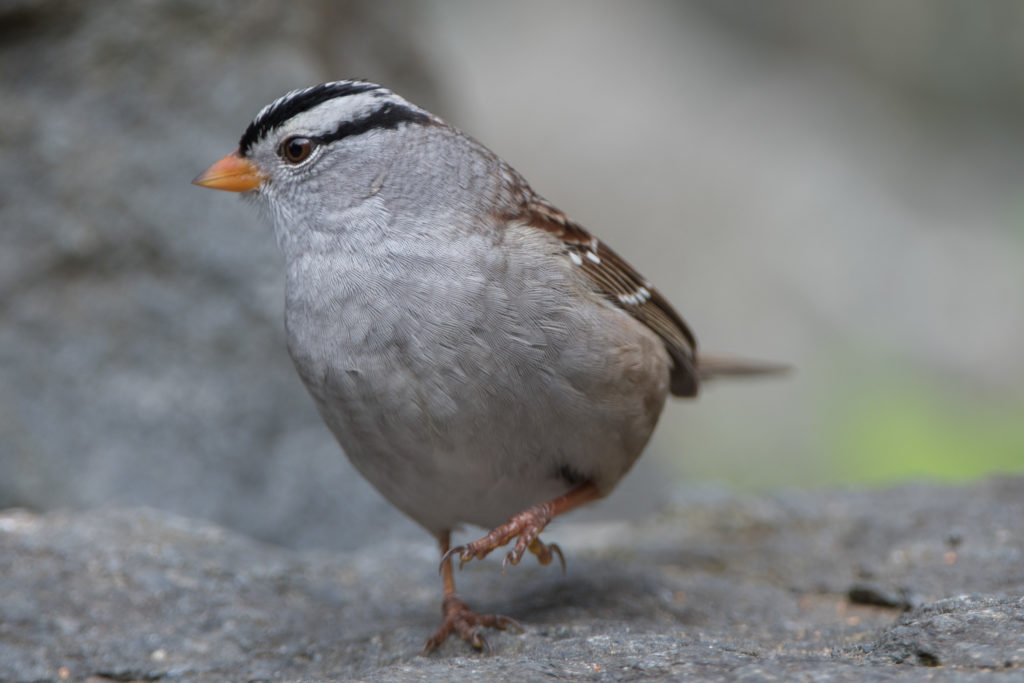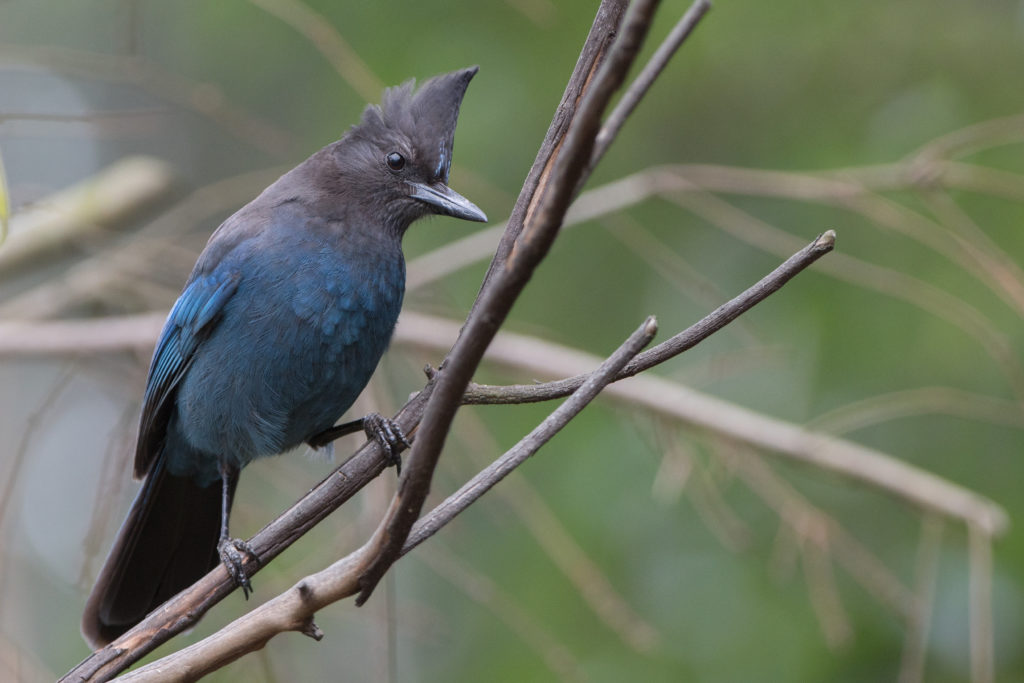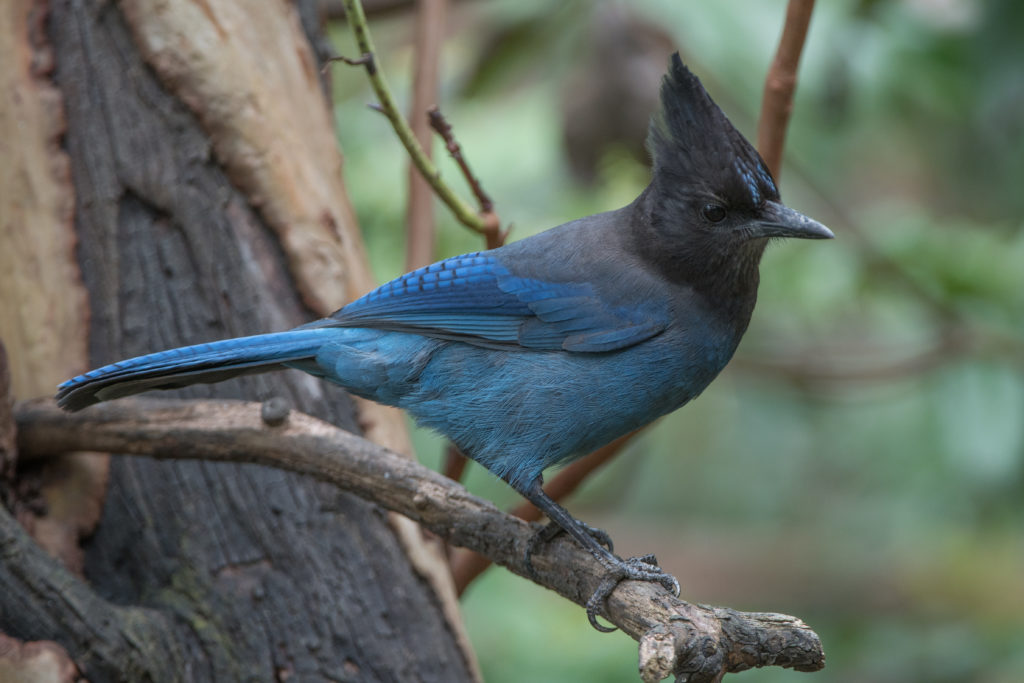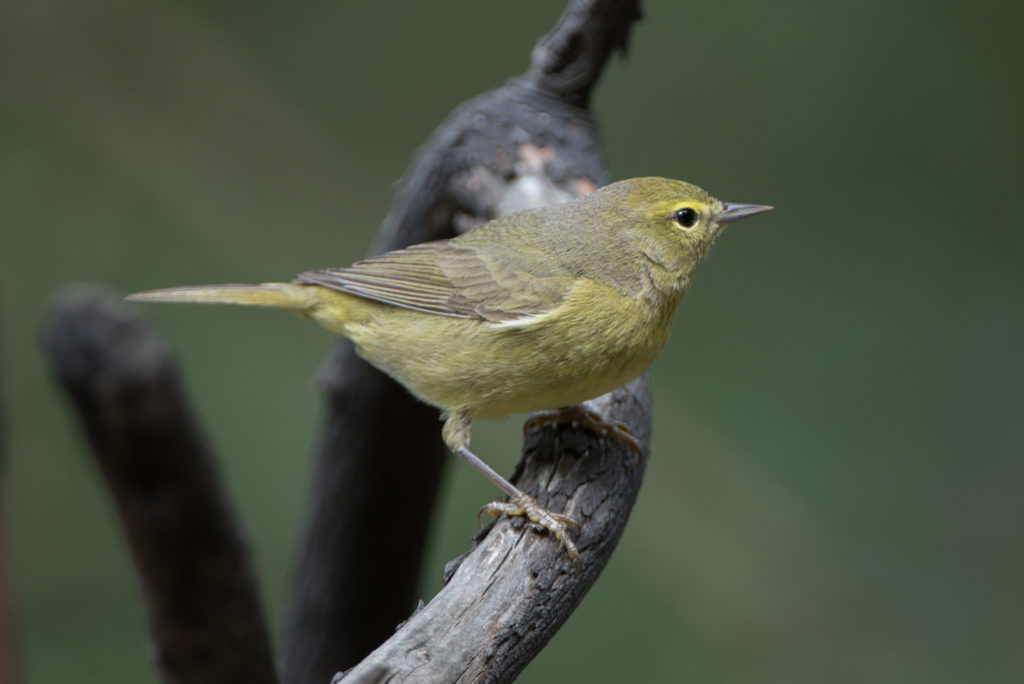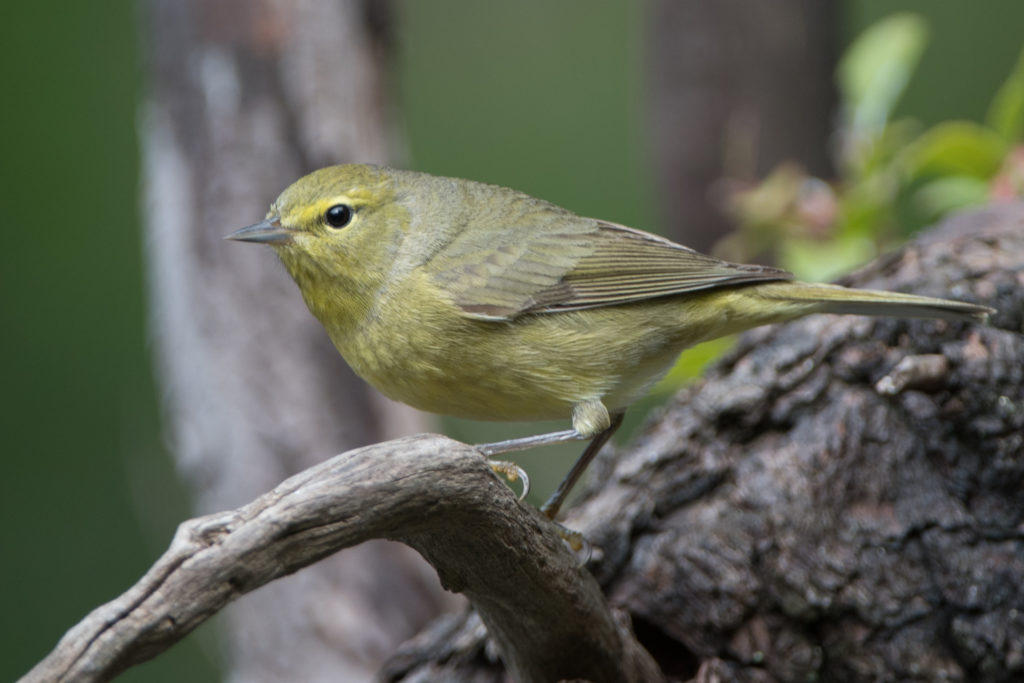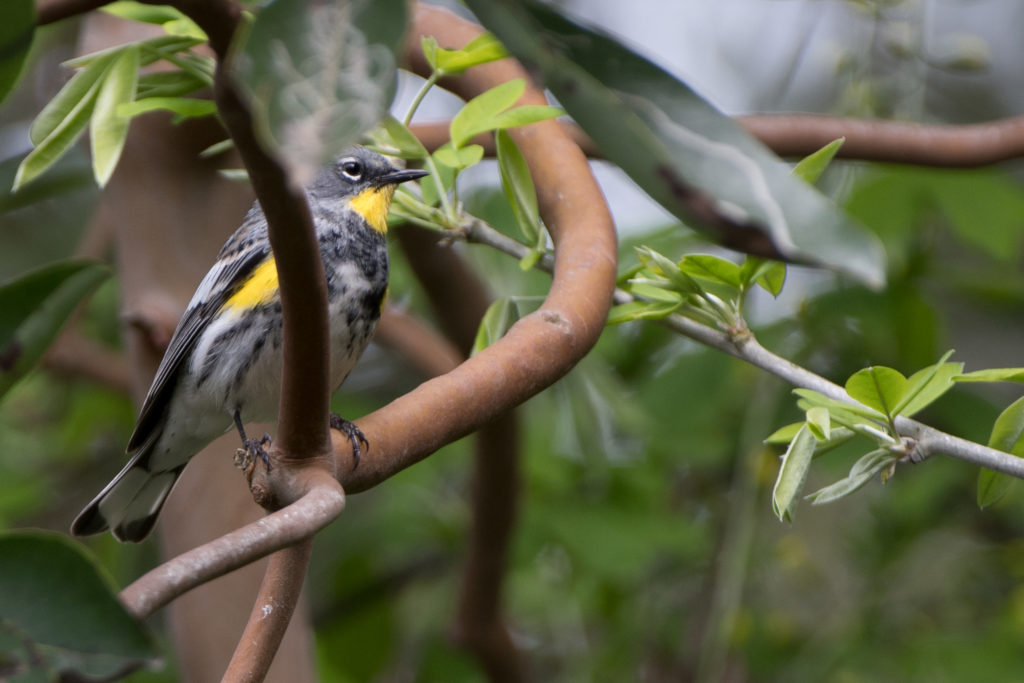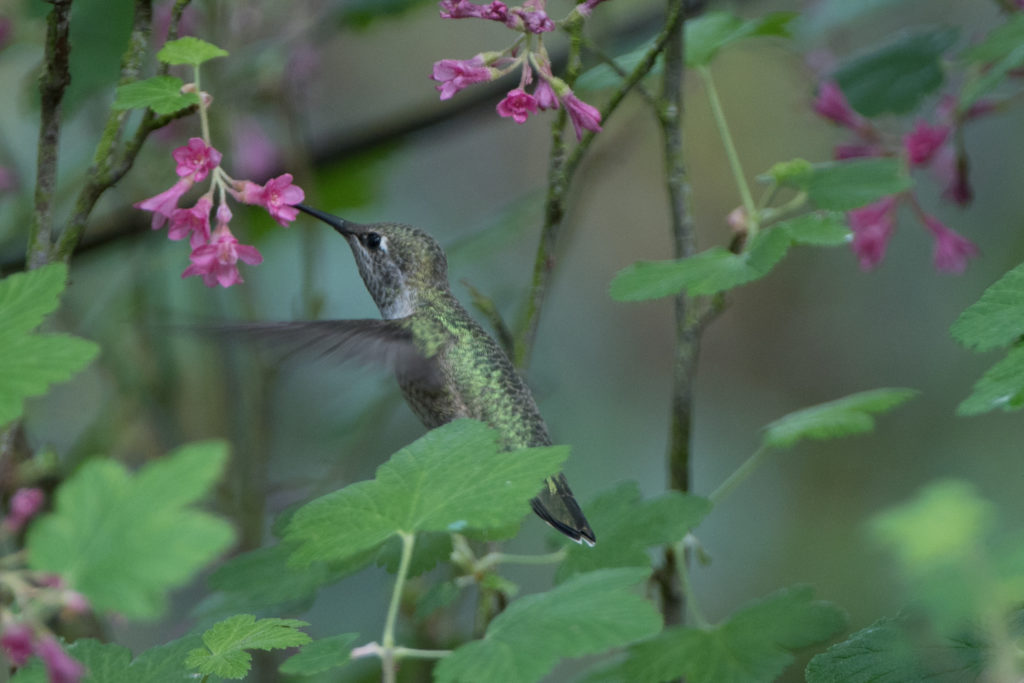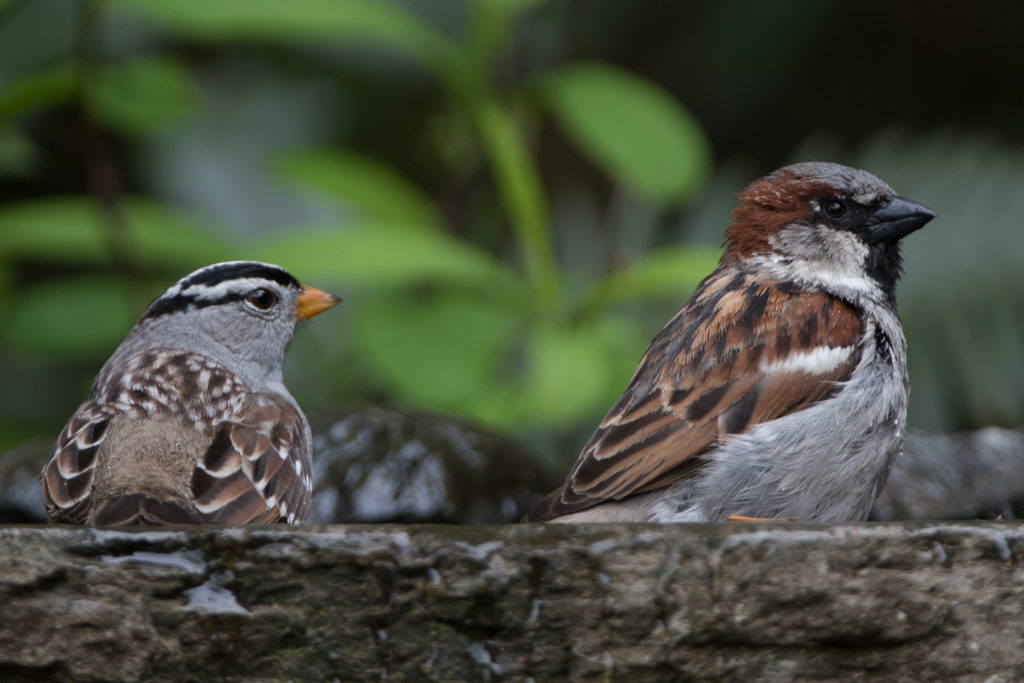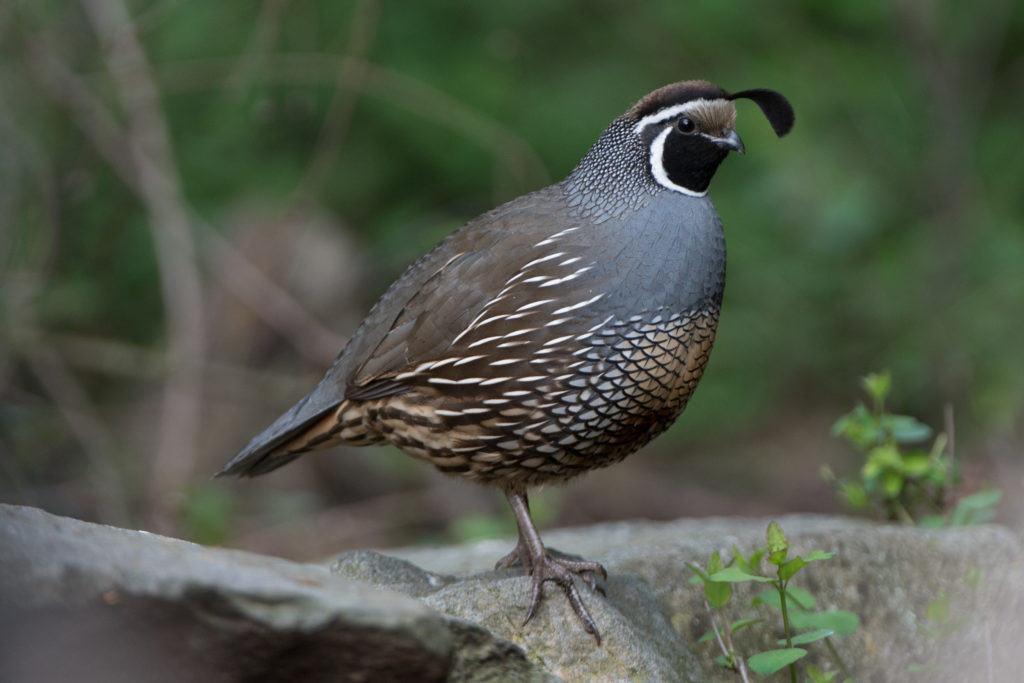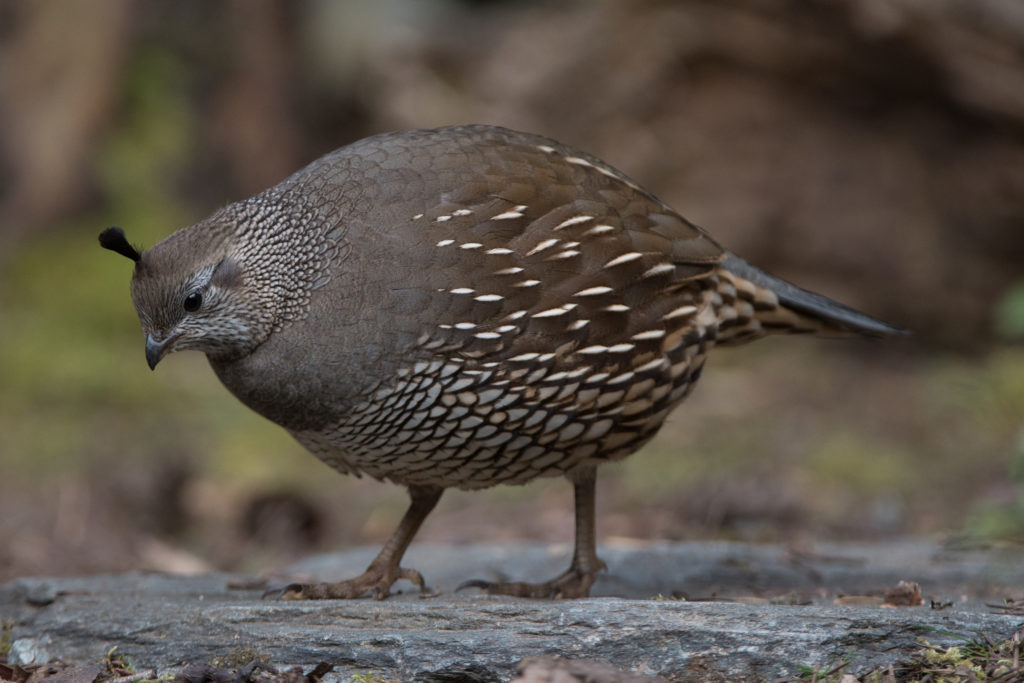First a little administrative news. In the past few weeks it has gotten much more difficult to upload photos to my website (BlueHost). I contacted technical support a few days ago and they made some changes they thought would help, including disabling some ‘plugins”. I assumed this meant plugins they use administratively, but they might have meant plugins I use. One the plugins I use distributes copes of new posts to subscribers. If you are a subscriber and stopped getting emails of new posts let me know and I’ll try to get the feature up and running again.
The two days I had of extraordinary bird sightings (see prior posts) are apparently history.
As of May 8 things have settled down to much too normal conditions for the past few days. I had hoped to have return visits from some of the rarities (flycatcher, tanager, etc.) but those visitors apparently just passed through, deciding not to take advantage of our superior habitat. But that hasn’t kept me from spending significant time in the yard.
Yesterday (May 8, 2020) was a beautiful day, warm and with full sun. I was hopeful that a change in the weather might spur visitors but was somewhat disappointed. I say ‘somewhat’ because as I was preparing to enter the yard I looked out the window and saw what I assumed was an Orange-crowned warbler flying around the watercourse. I realized that the behavior wasn’t right (one of the assets of more experienced birders!) and looked closer. It was a Warbling vireo, a very rare visitor to the yard although we have had one on one or two other occasions.
I grabbed my camera and headed to the yard. I managed a couple of photos and knew they weren’t going to be good ones, but was confident they would give me a more positive identification and record of the bird’s visit.
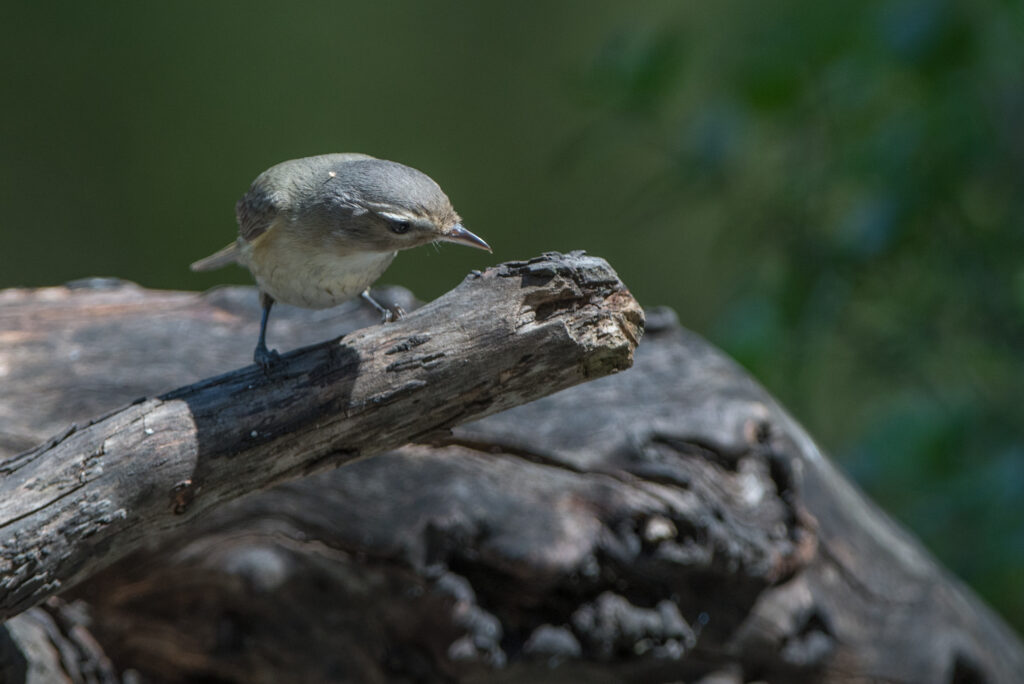
I was now committed to waiting for the vireo’s return! I had a long time to wait… over two hours, but I weds finally rewarded with the bird’s second appearance. This time I managed a better photo.
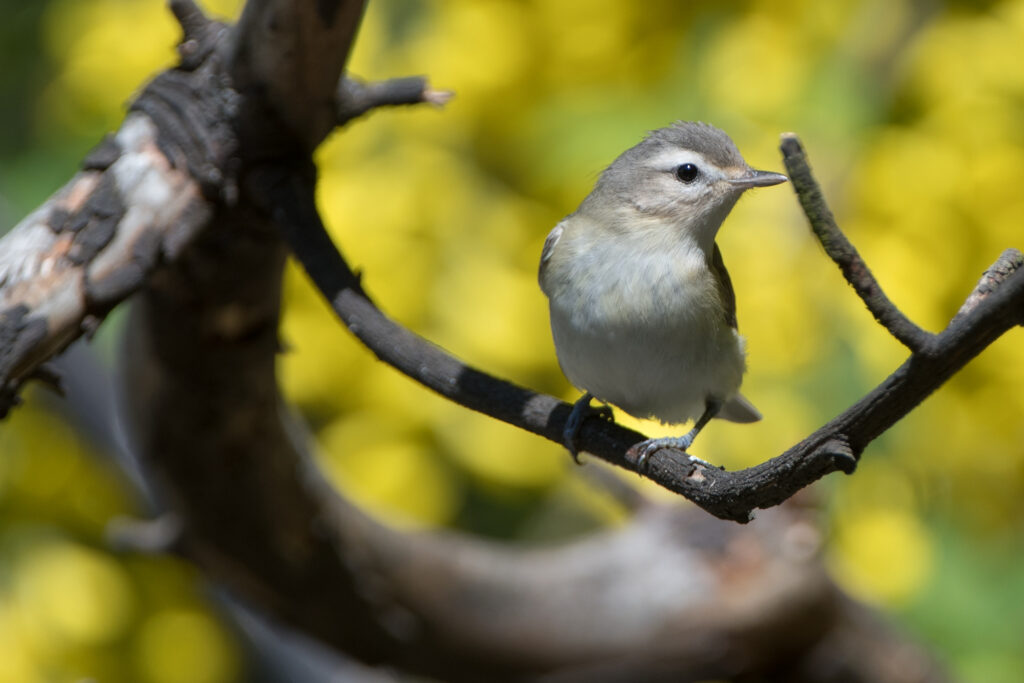
In between activity generated by special visitors I spend my time taking what I hope will be good photos of some of the more common visitors. This male House sparrow is a much too common visitor. I have recently been overrun with House sparrows after having had them all but disappear a few weeks ago.
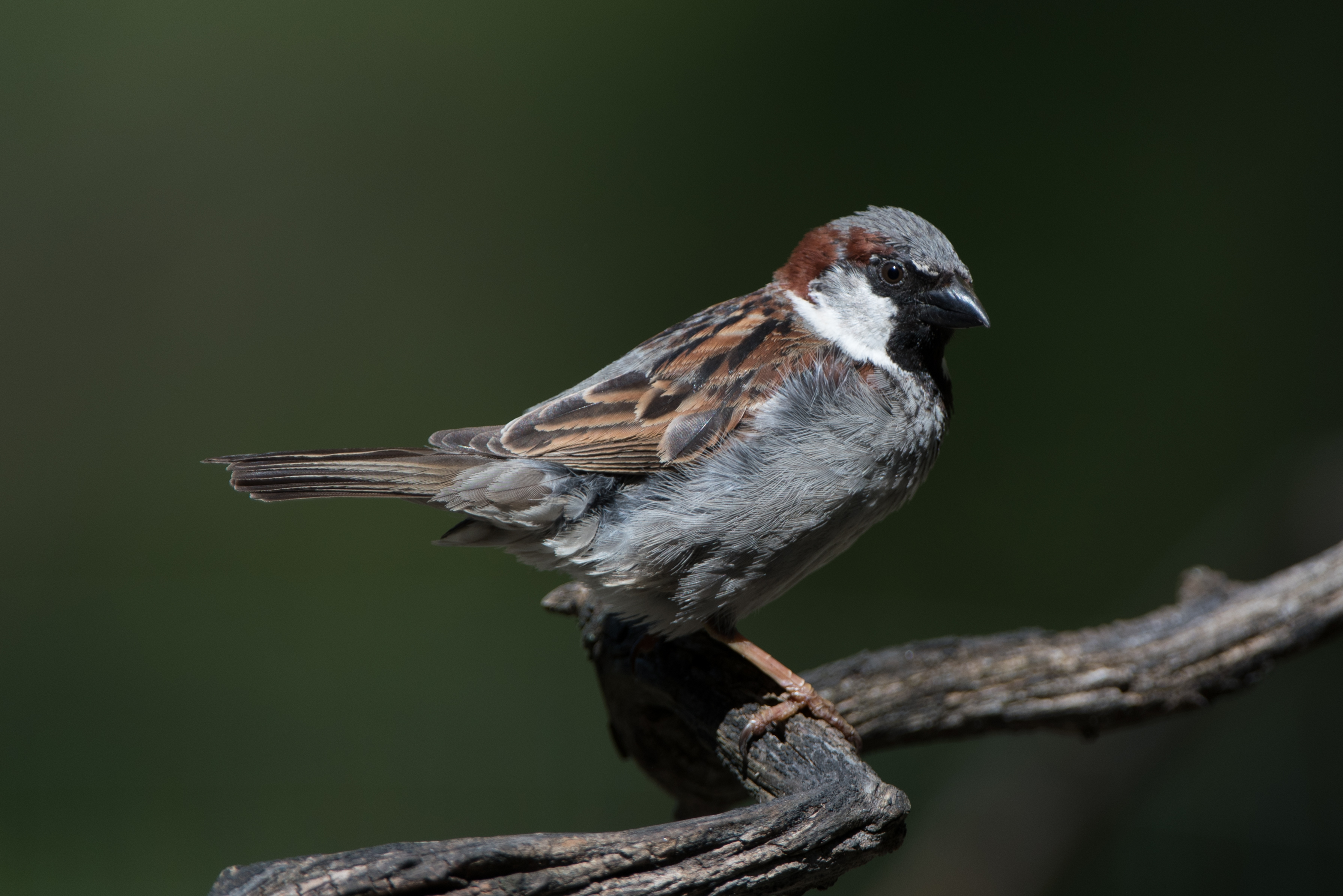
I never saw this next special visitor ent4er the yard. I looked up and saw a male Audubon’s Yellow-rumped warbler sitting above the watercourse. It never tried to access the water but gave me ample opportunity to get several nice photos.
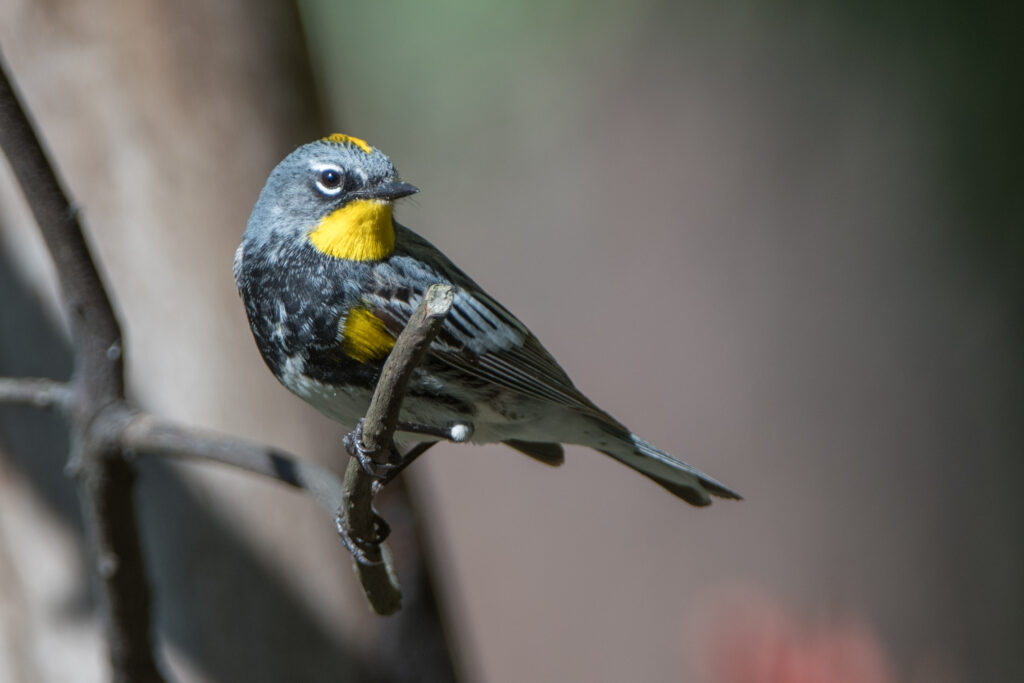
I made mention in a prior post of a pale Red-breasted nuthatch visitor. It was back again on this day. In processing the photo I noticed that the water had a distinct yellow tinge and was wondering if the sun had somehow caused the coloration. Then I realized that it was the blooming Golden Chain tree behind the watercourse that was the cause.

Here’s a photo of the Golden Chain tree with a male American goldfinch. I can’t begin to express my frustration at being unable to track yellow birds (primarily warblers and goldfinches) into, out of and around this tree! I’m assuming you can see the problem!
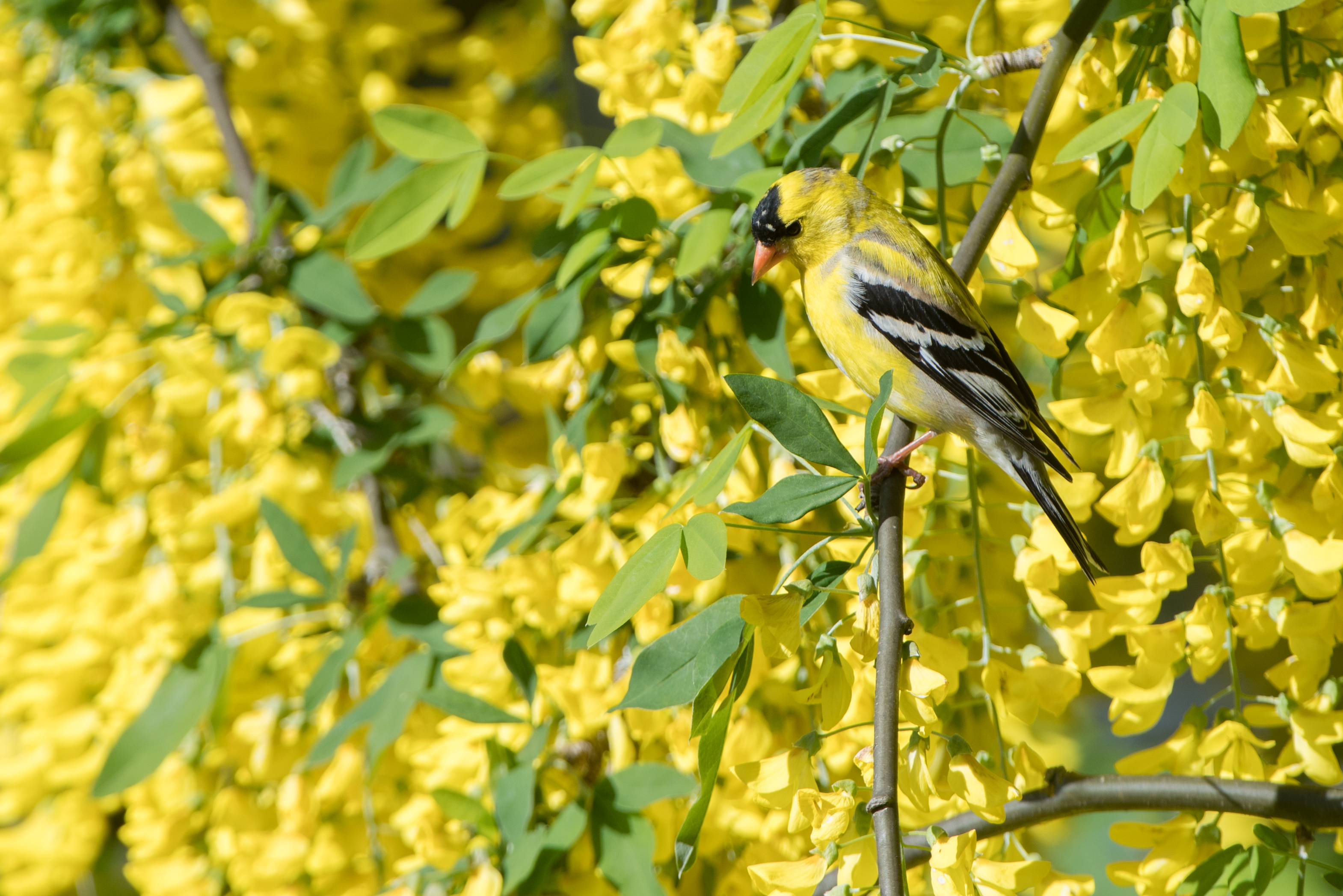
Just when I had about given up hope of seeing any warblers, at about 5pm a male Wilson’s warbler made an appearance and availed itself of a bath. I obtained a lot of photos.
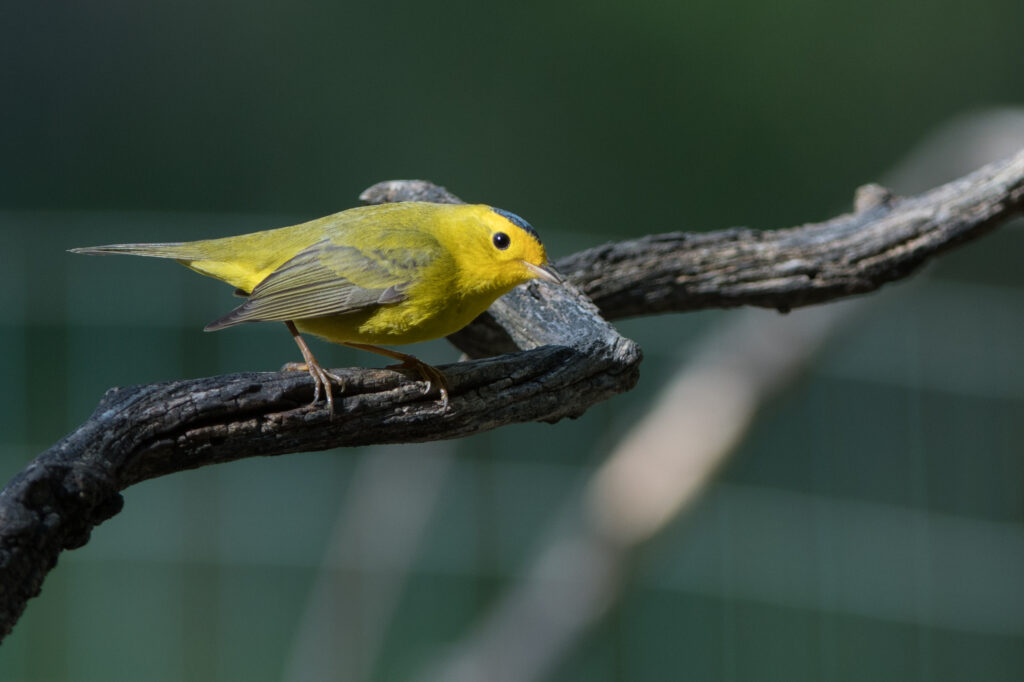
This male House finch posed with a backdrop of the Golden Chain tree.
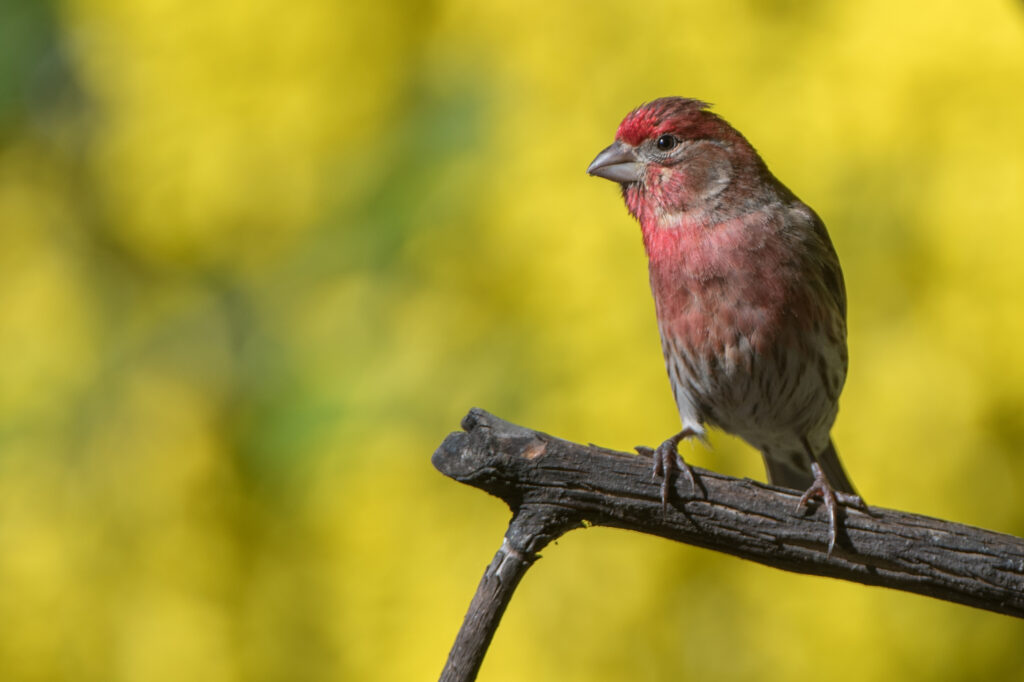
A female Northern flicker stopped by for a little suet. She wouldn’t present a full body shot but I was able to squeeze out a head shot between tree branches.
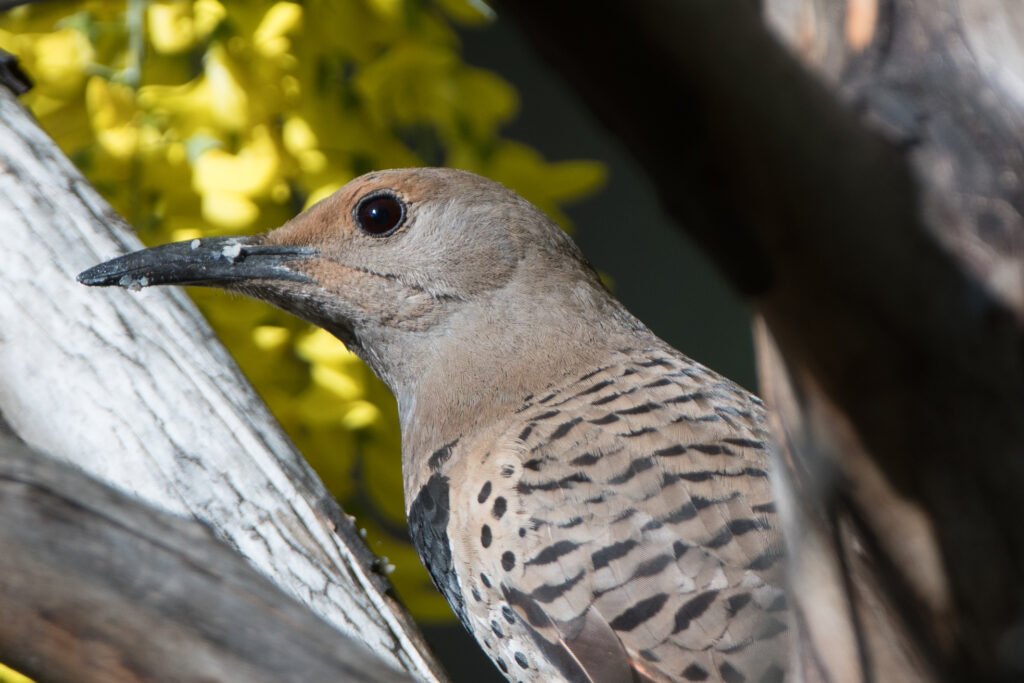
And finally, at the end of my day in the yard, a pair of quail began wandering around the yard, picking up seed that had fallen to the ground from feeders. This male California quail stands watch while the female feeds.
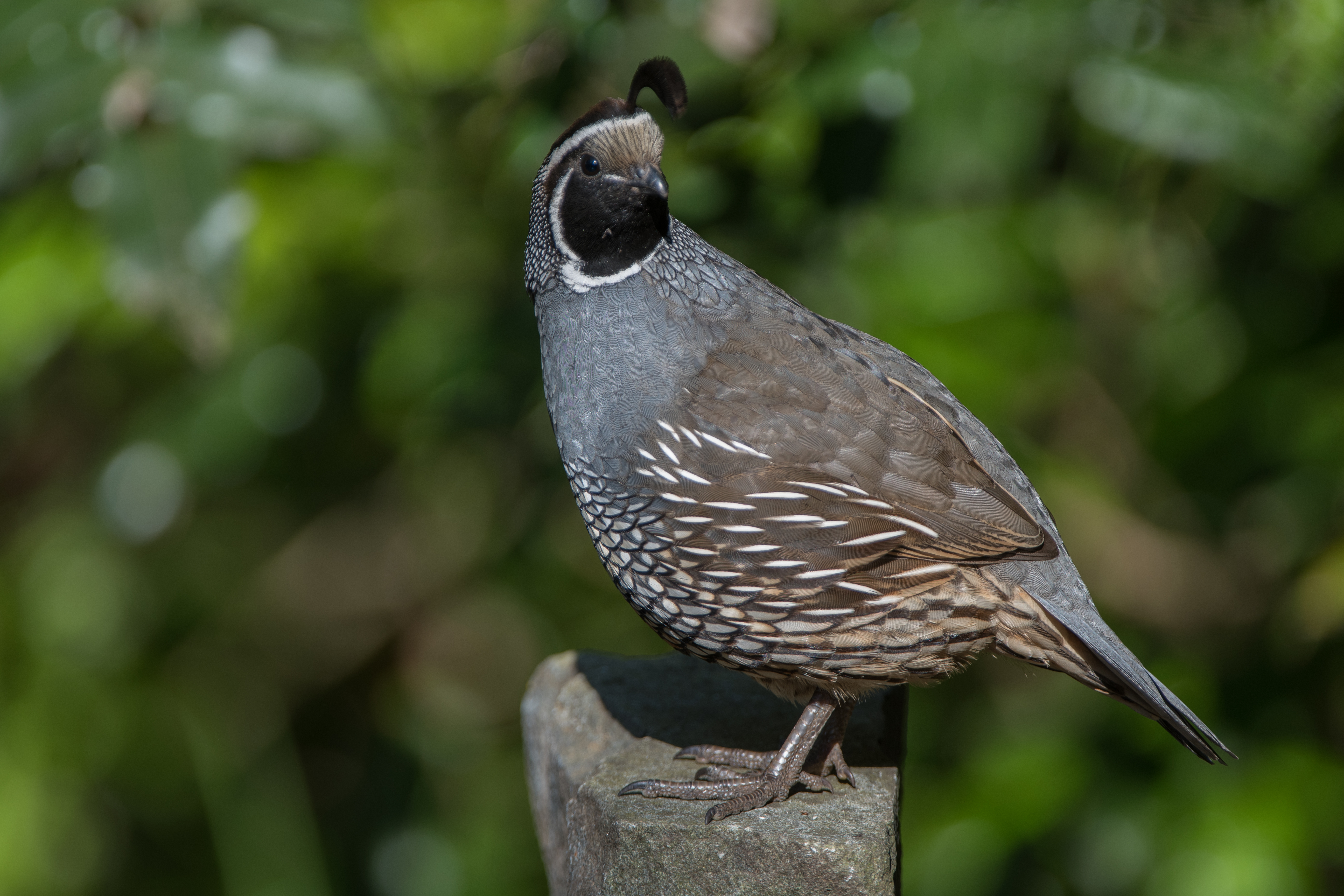
I was surprised to get through the day without a single sighting of an Orange-crowned warbler, but late in the day I looked out a window and saw one bathing in our stone bird bath (no photos of this event). I’m still hoping for a late arrival of a Yellow or MacGillivray’s warbler.

